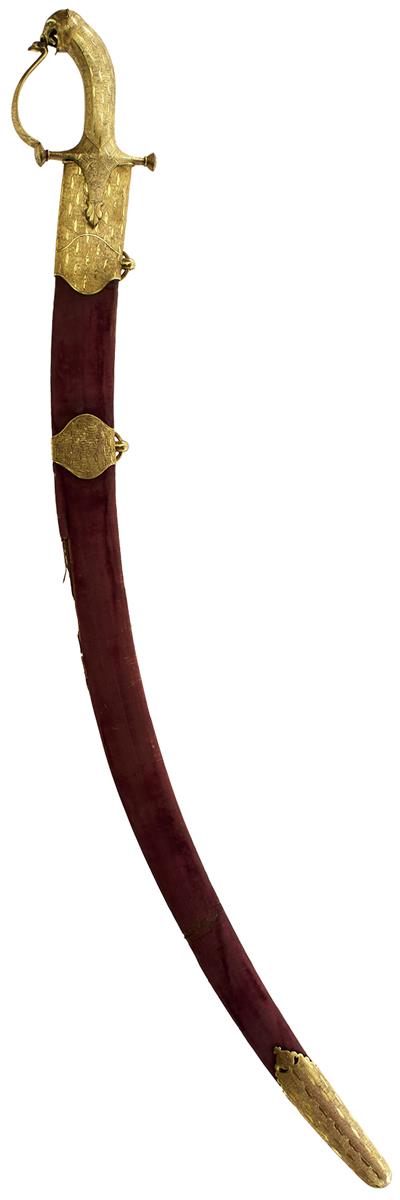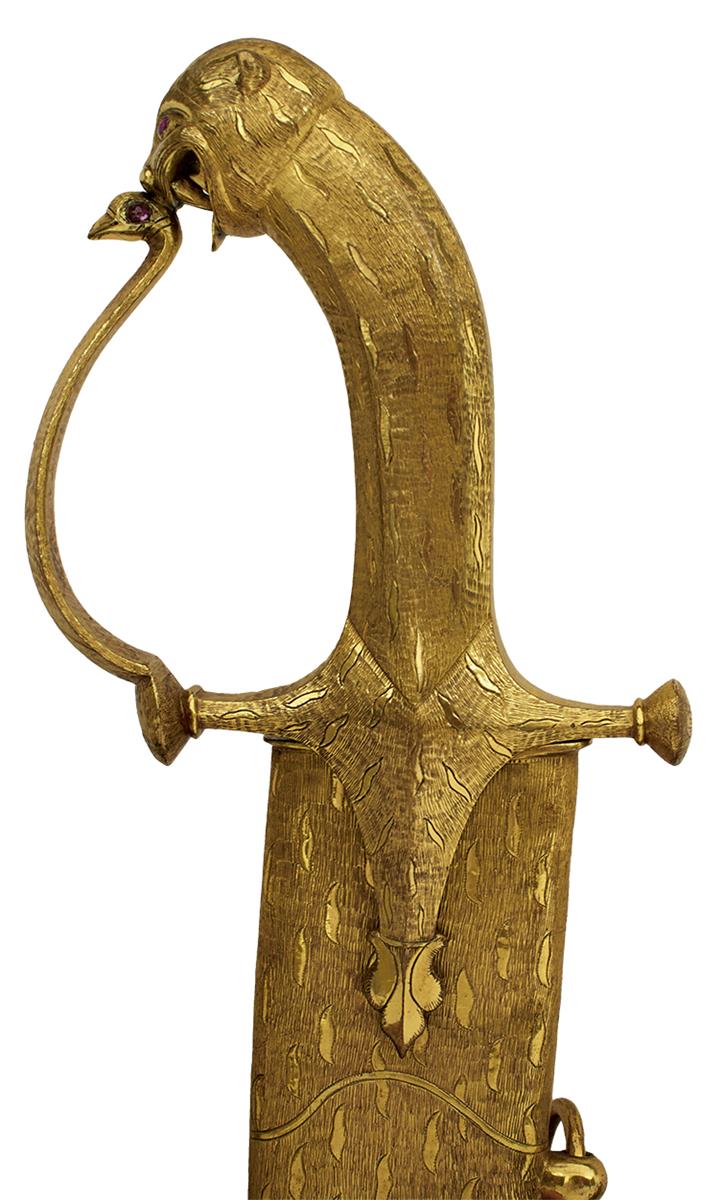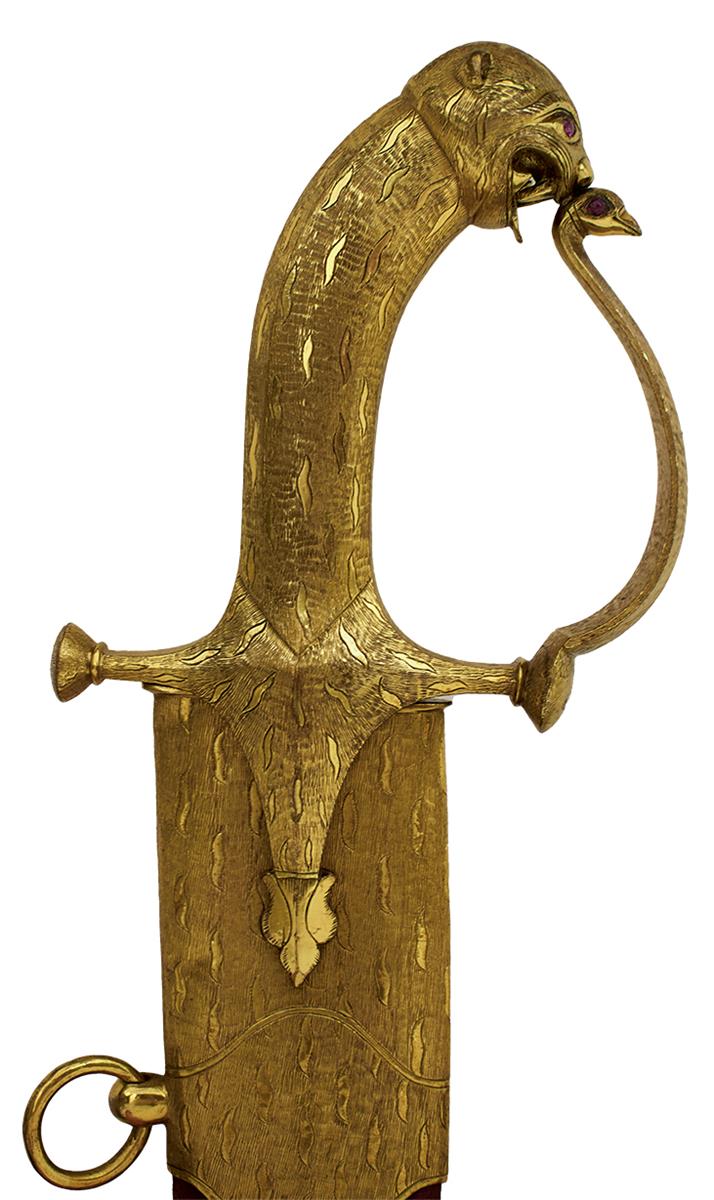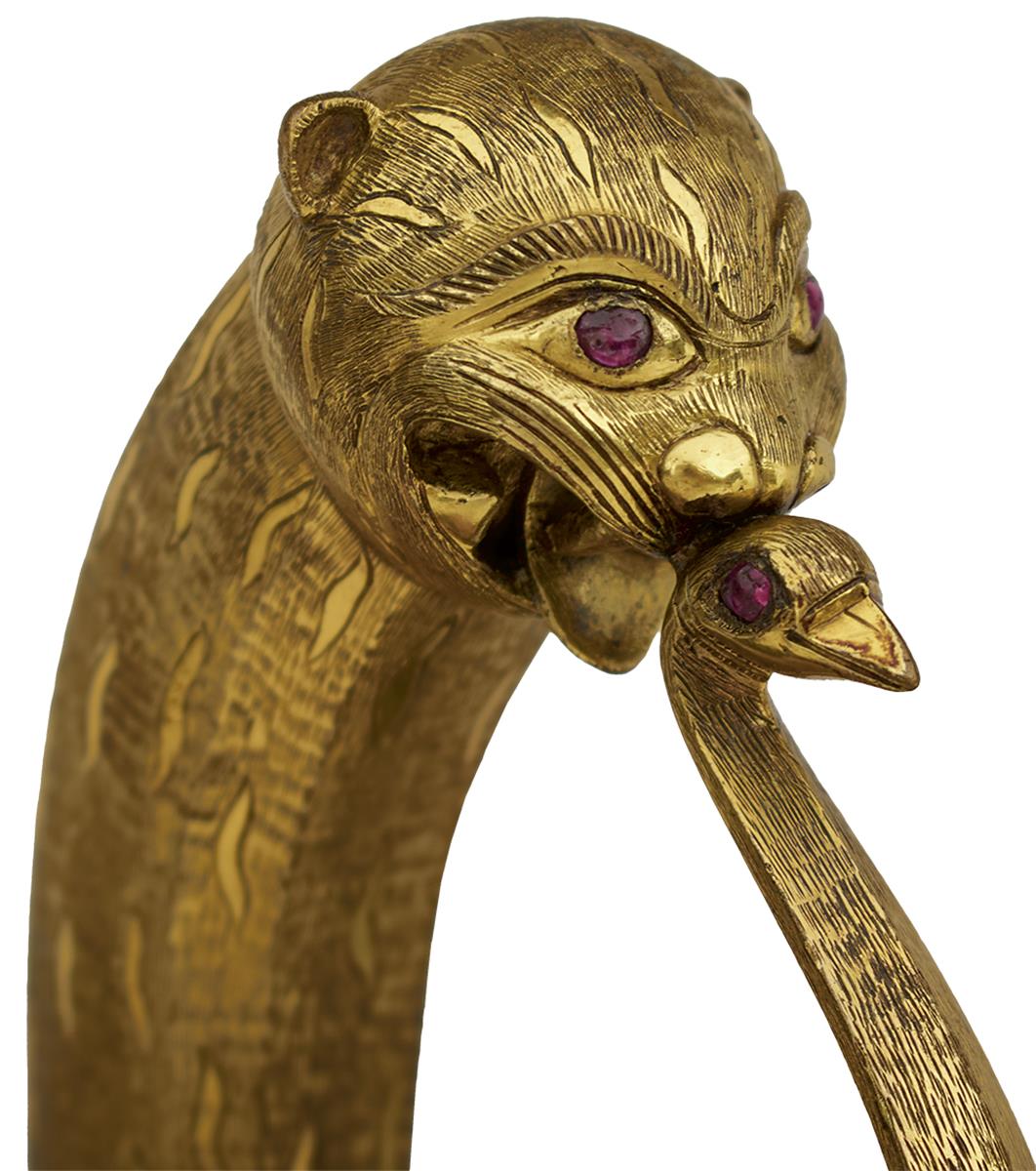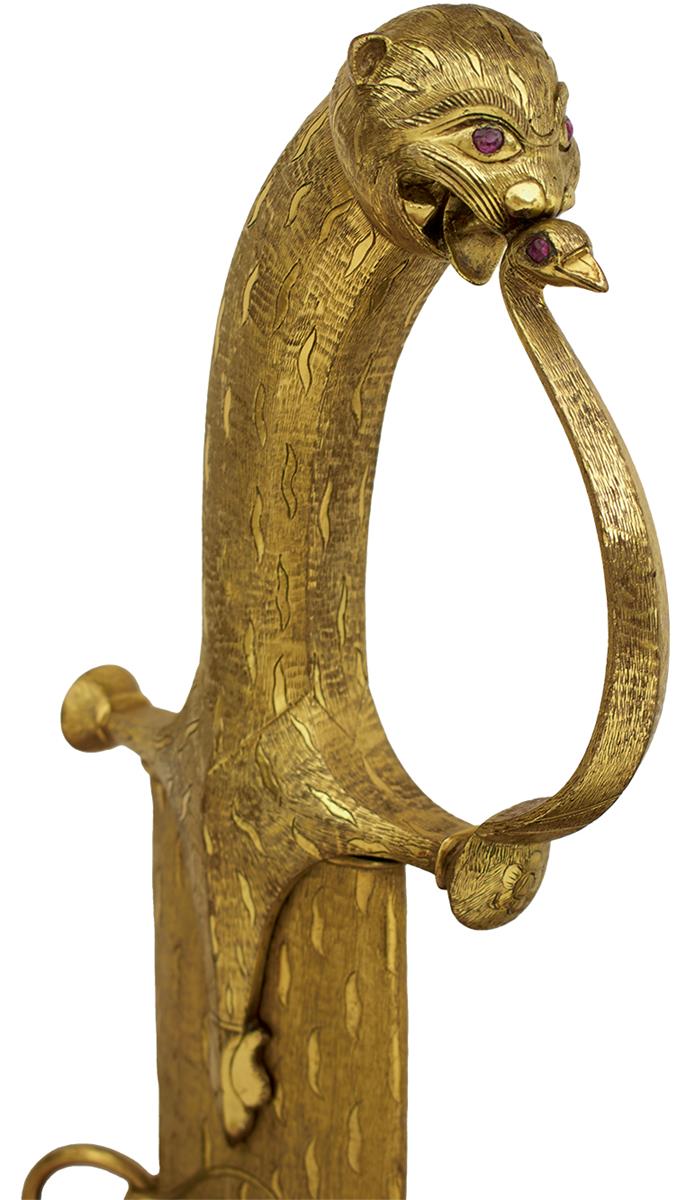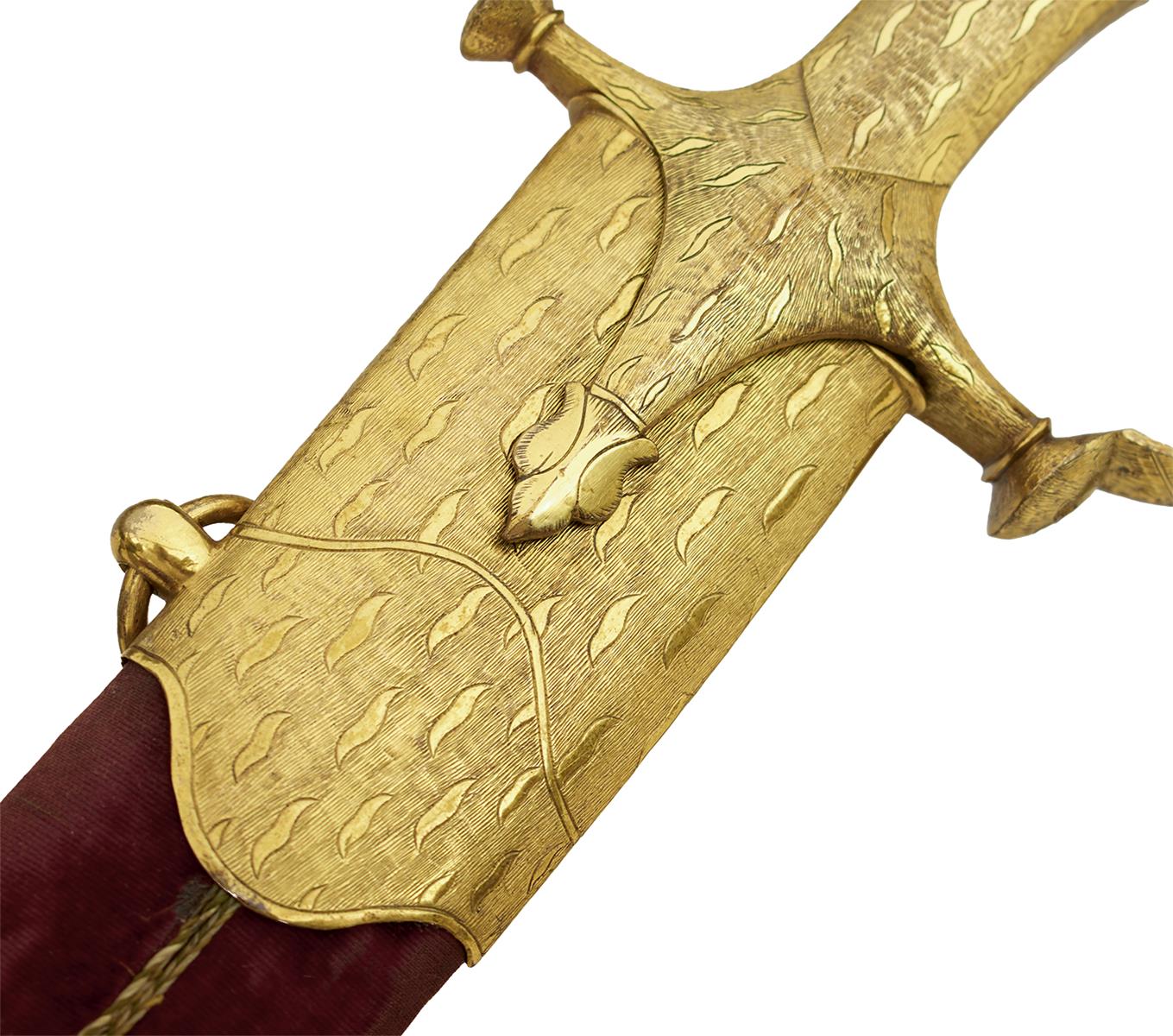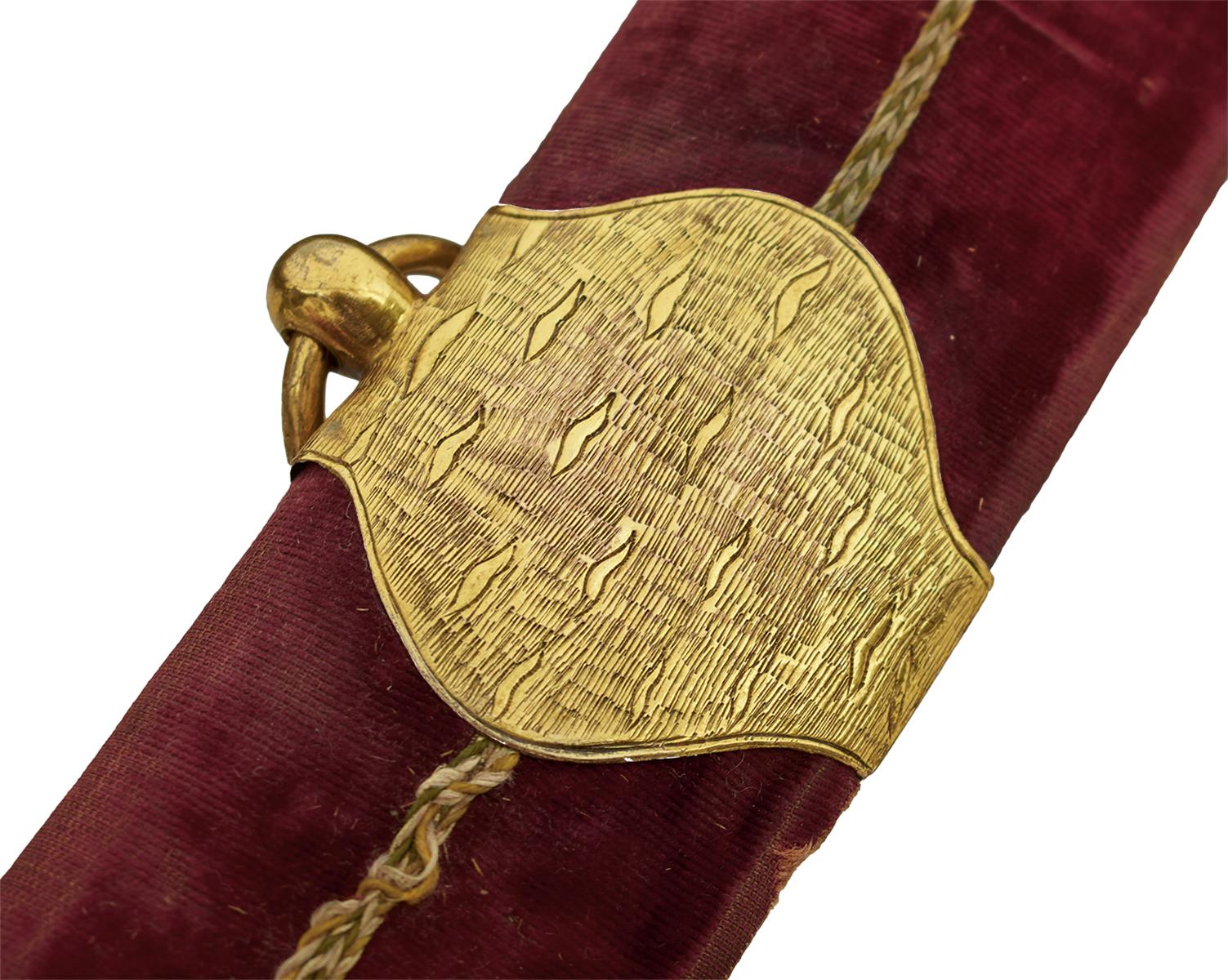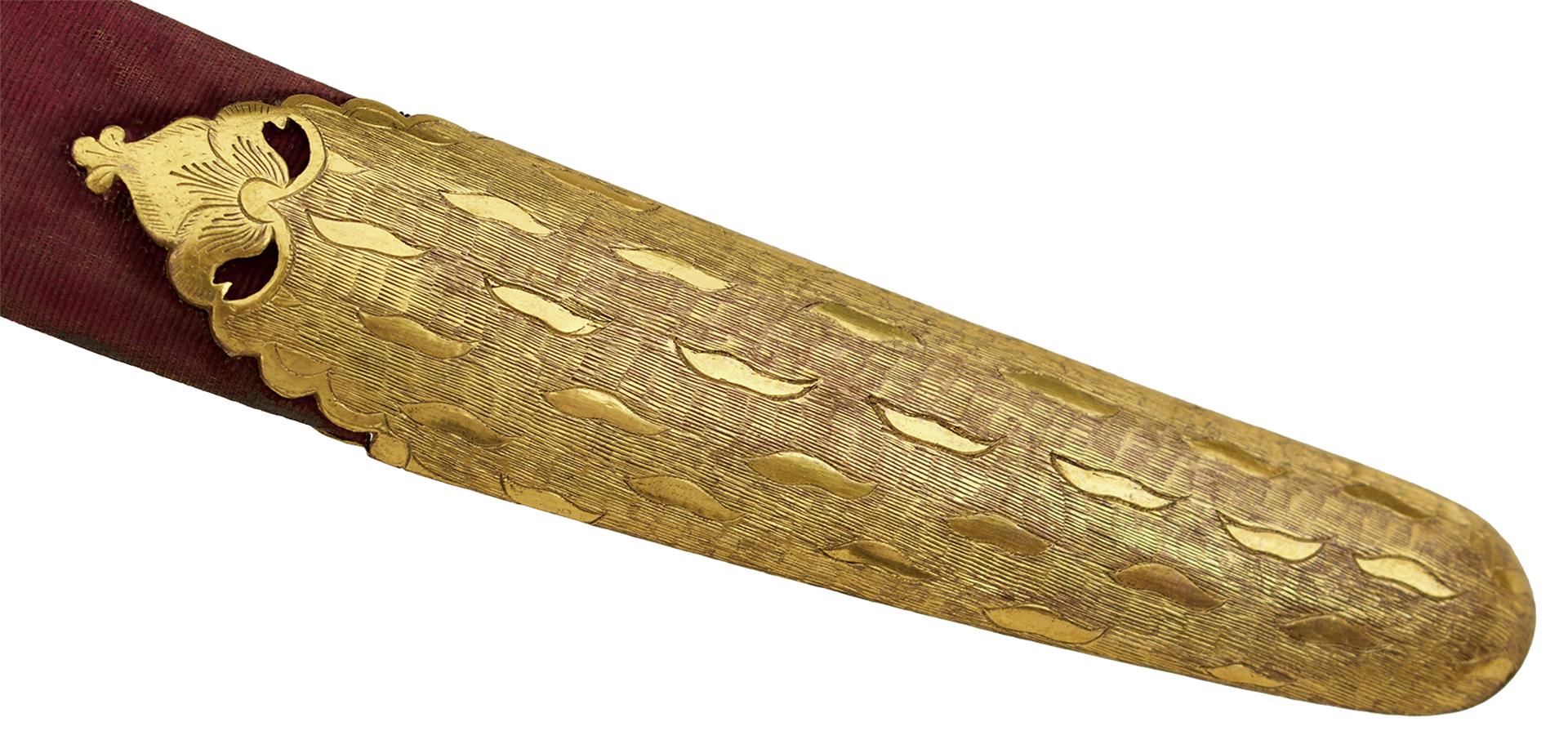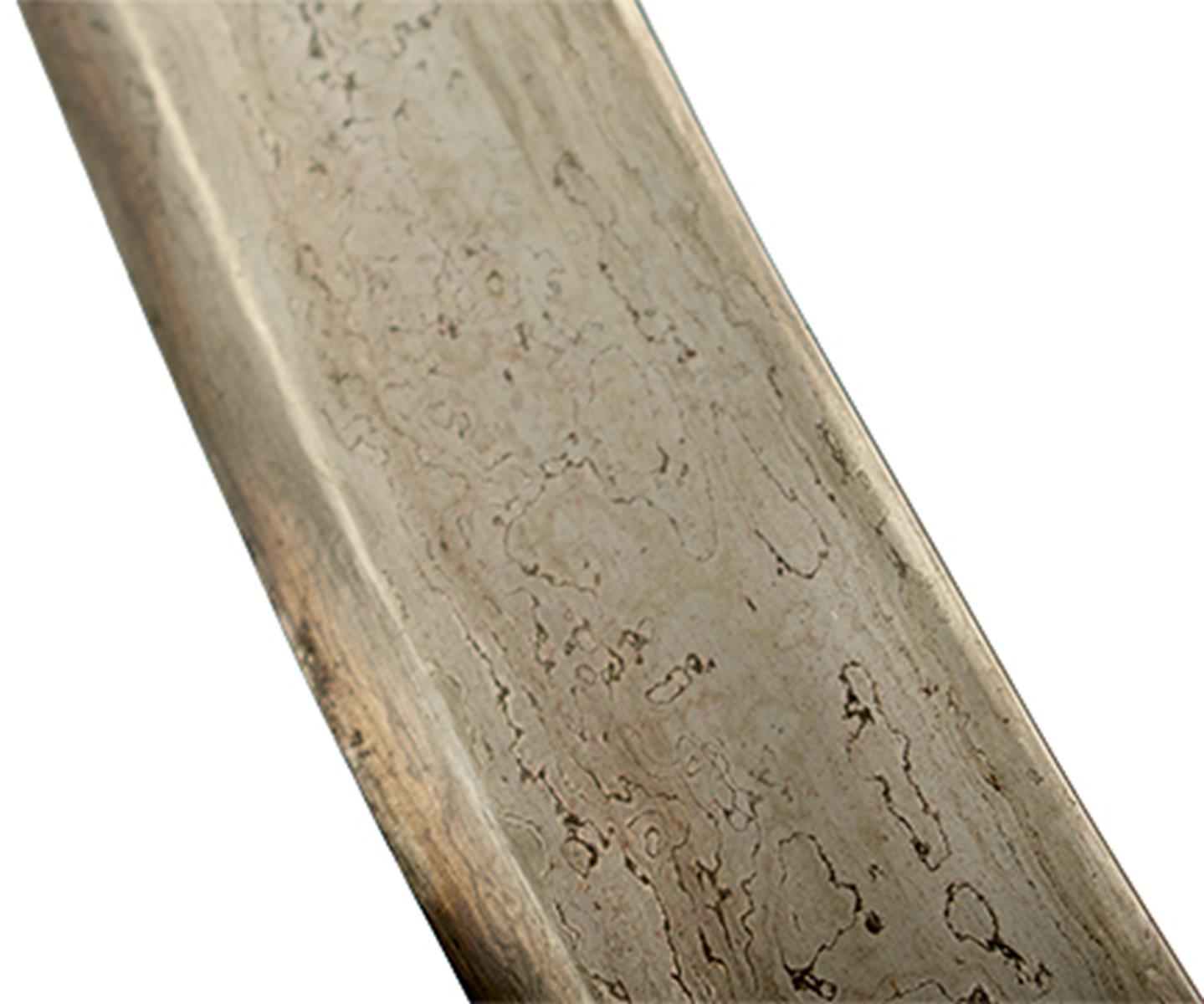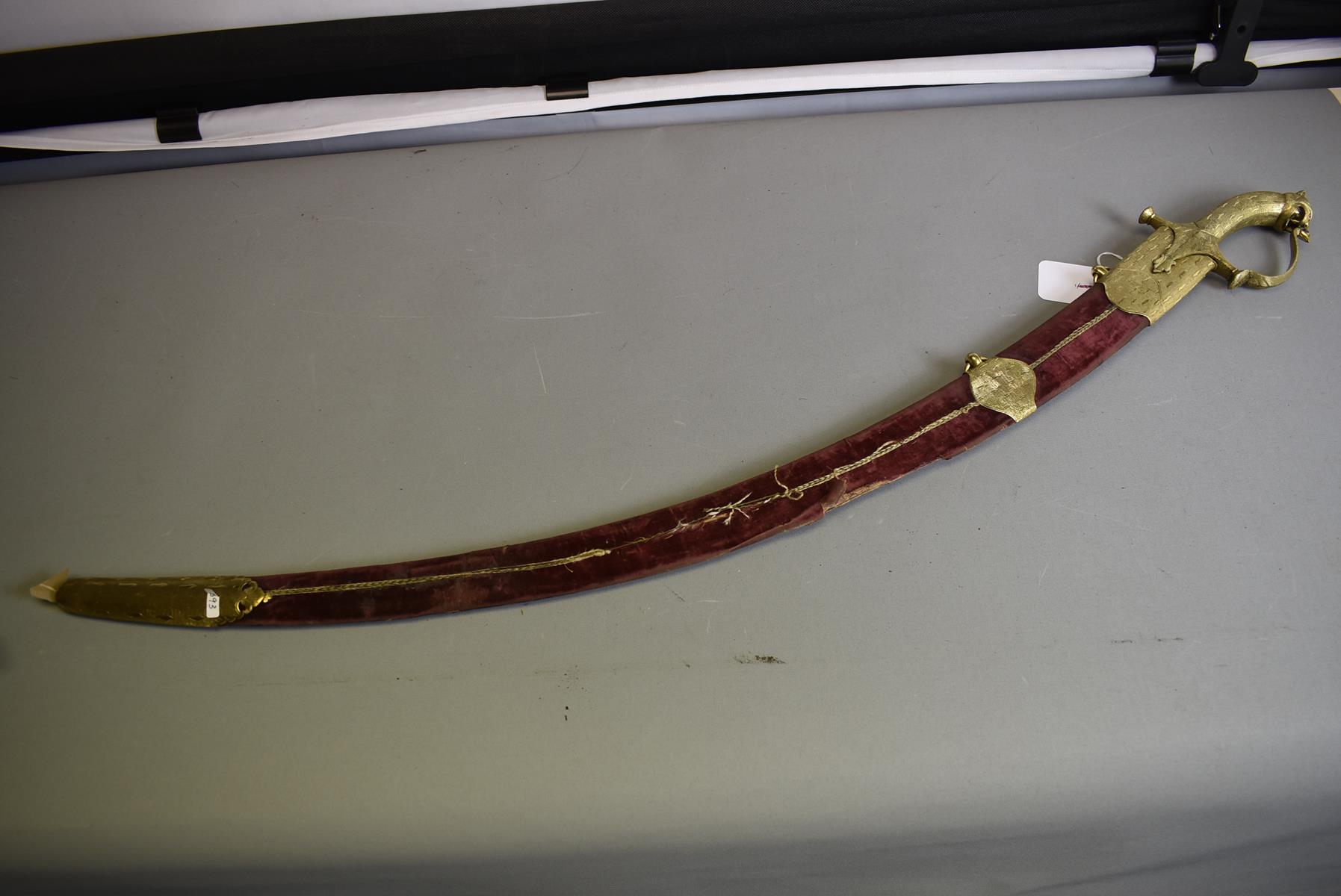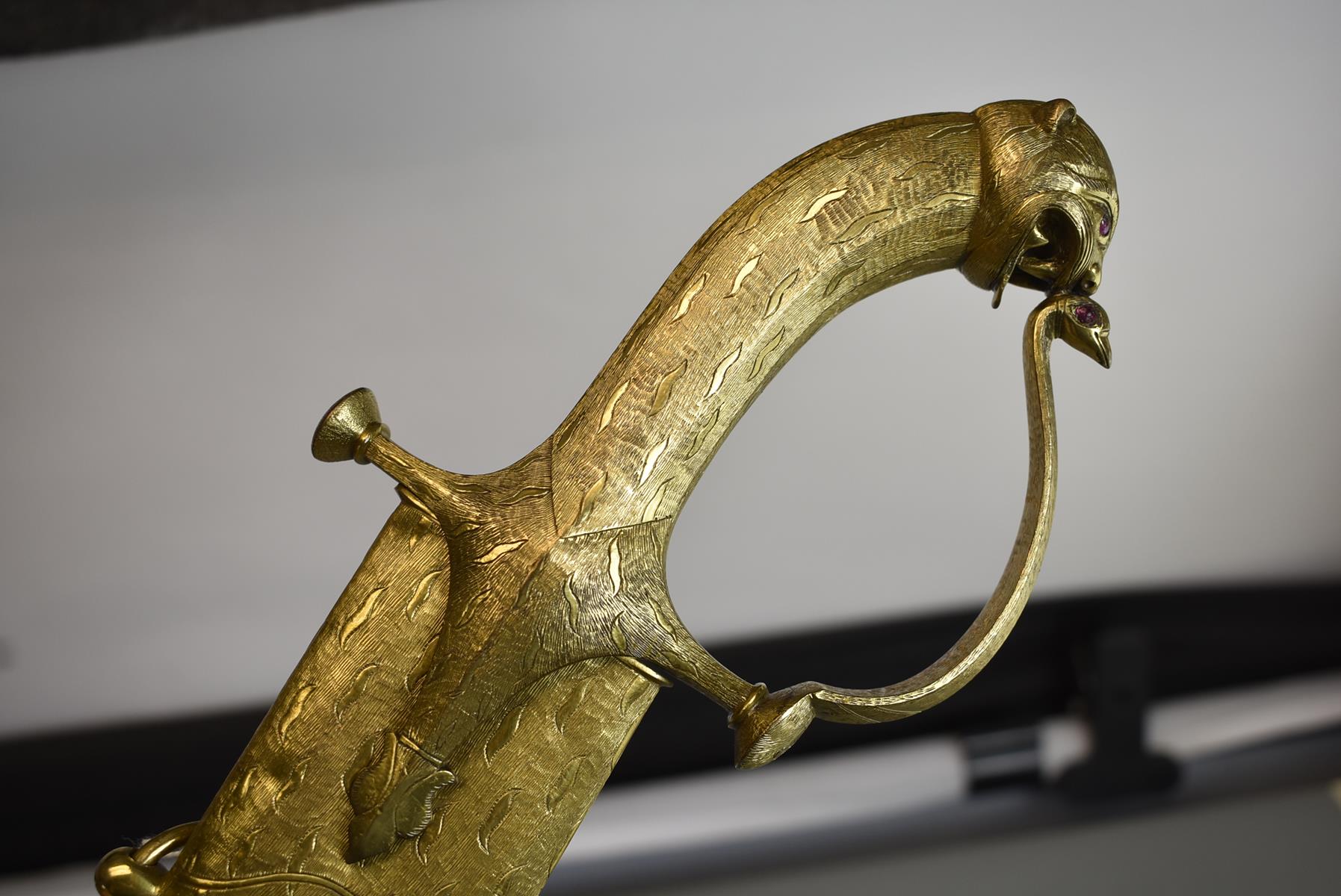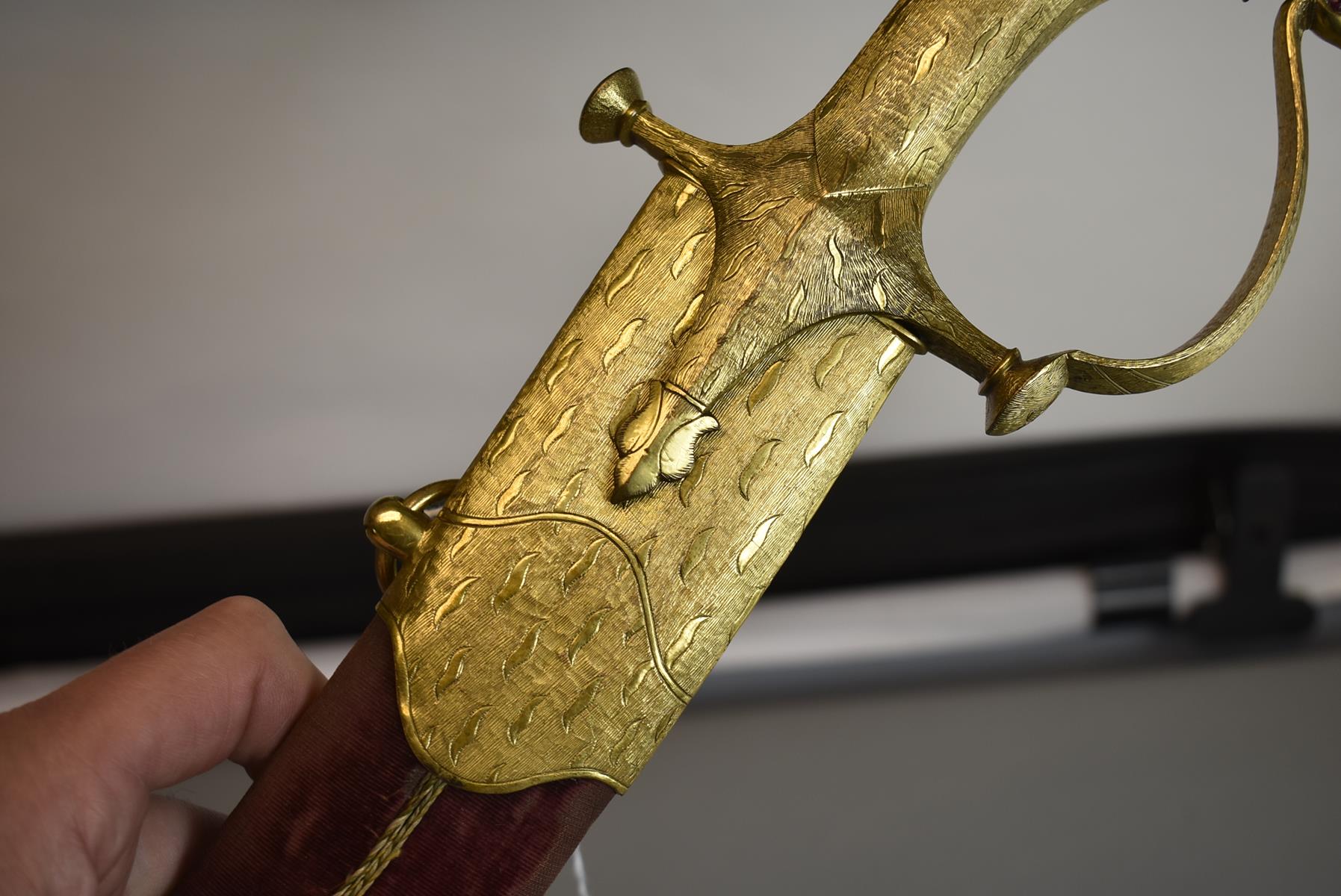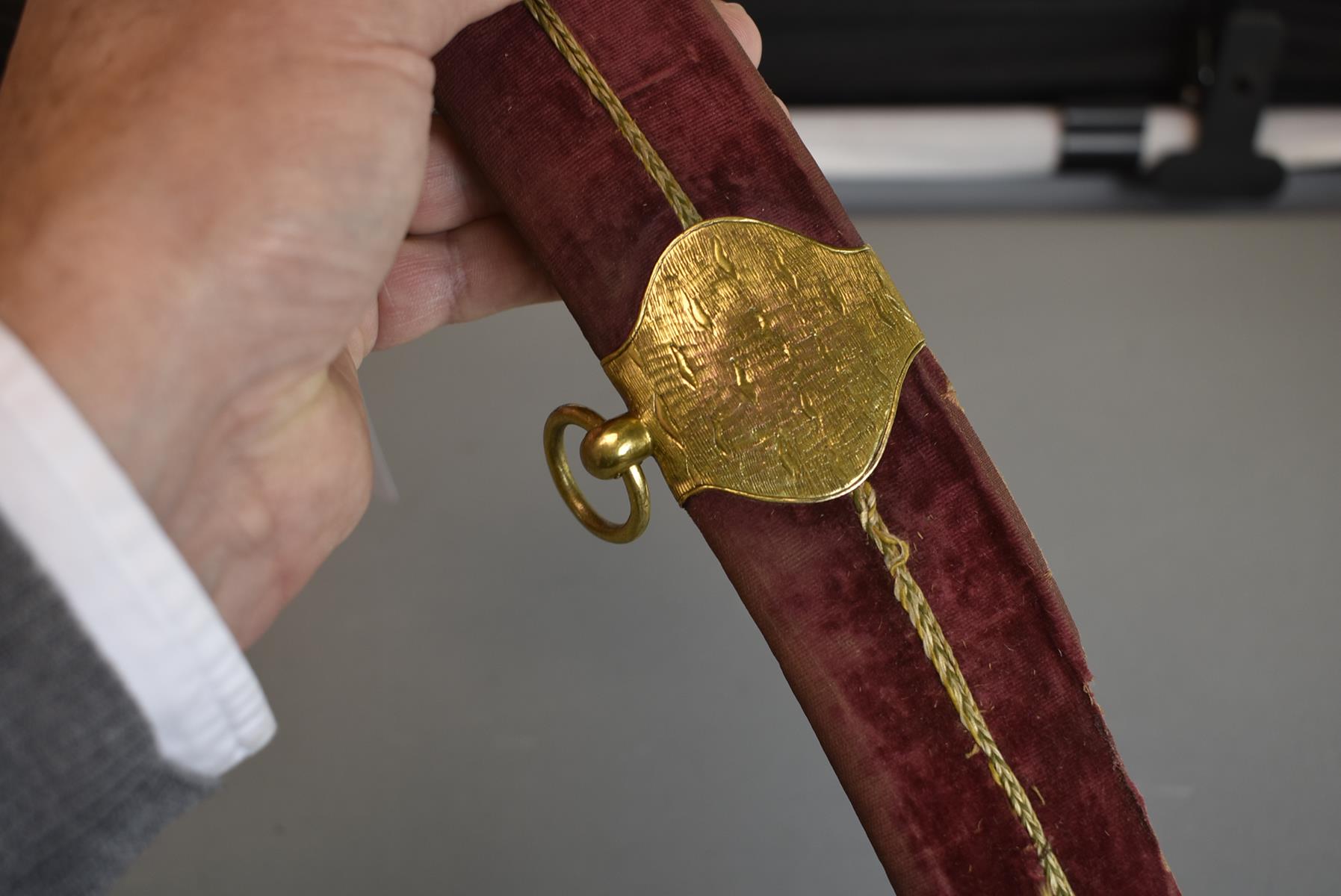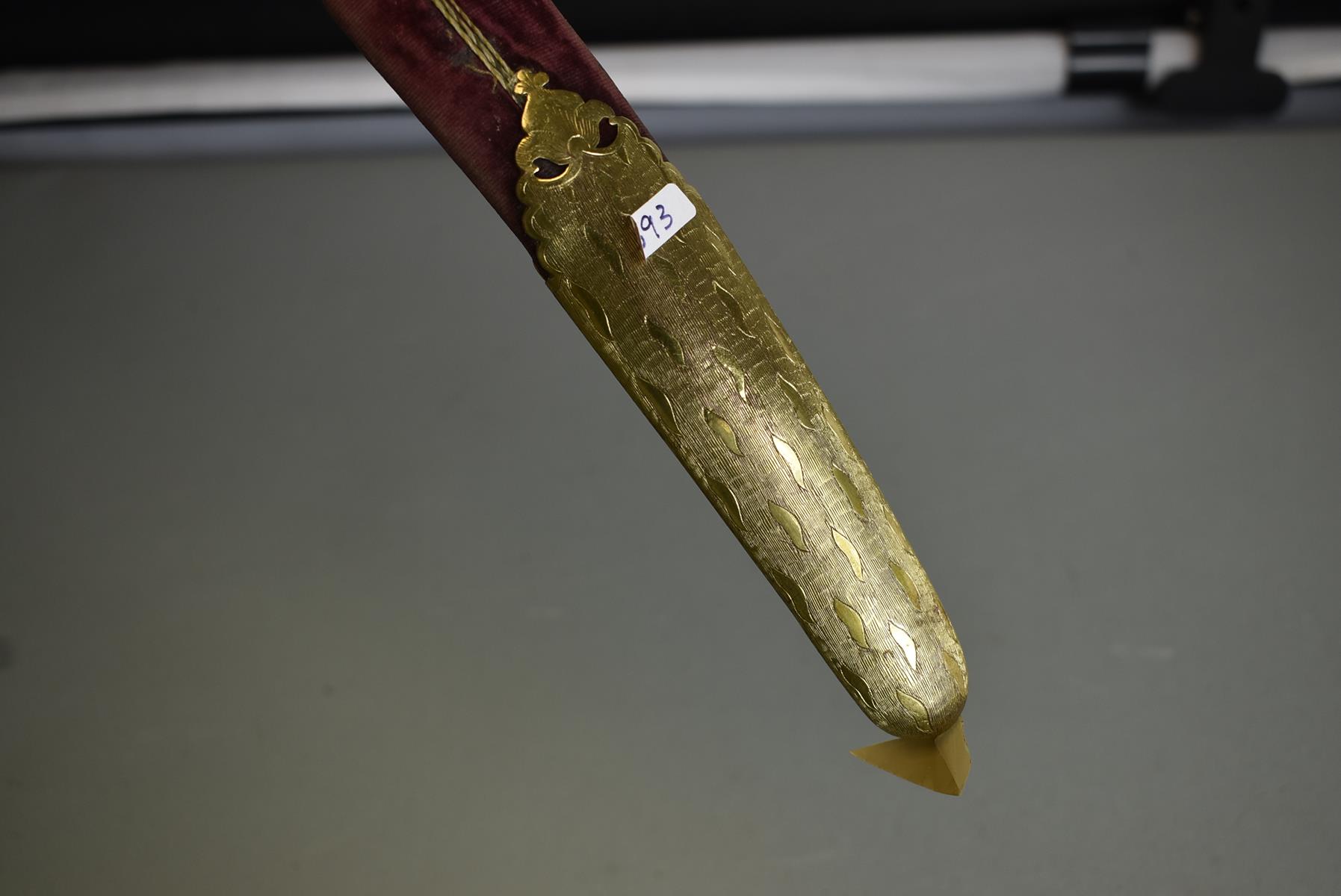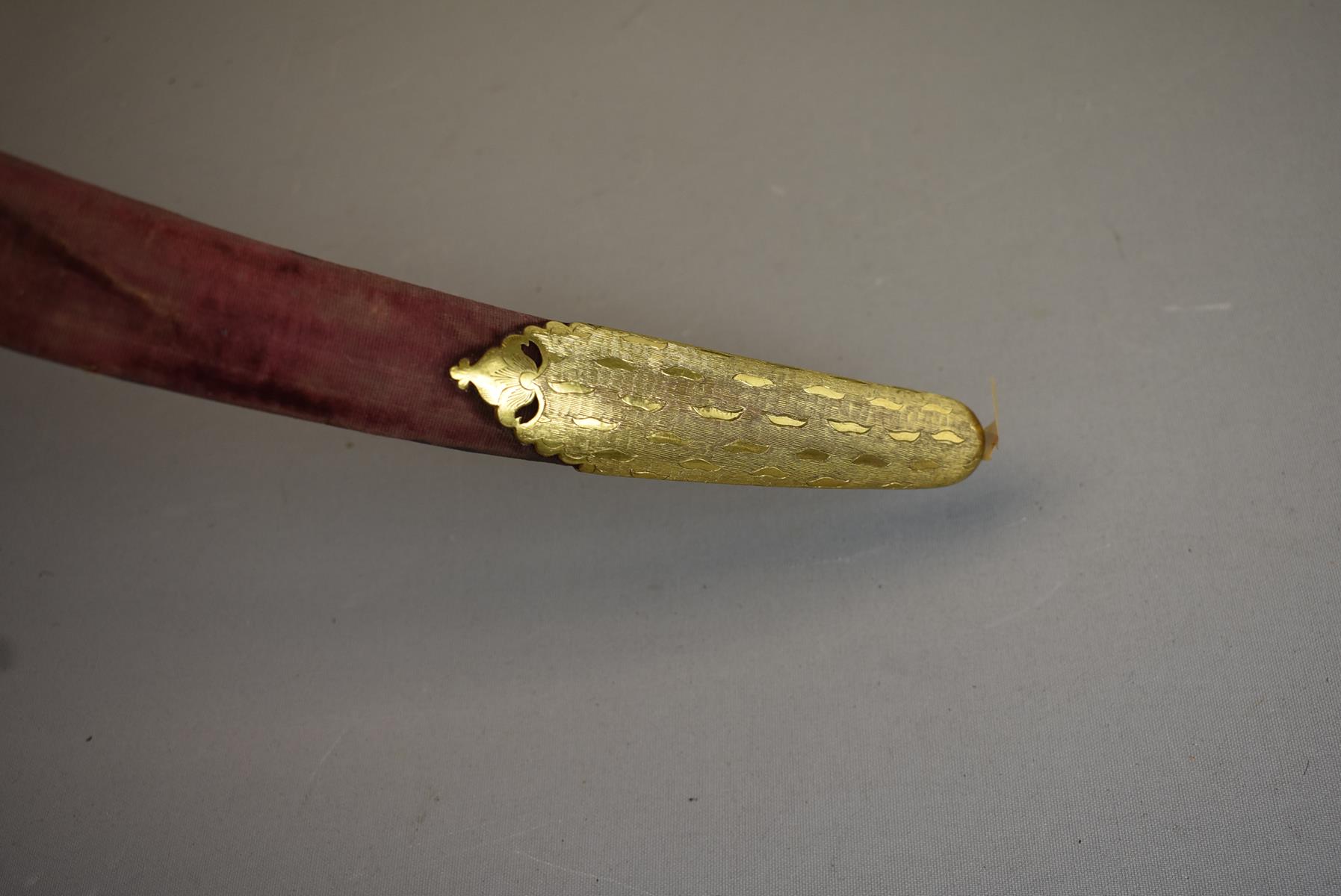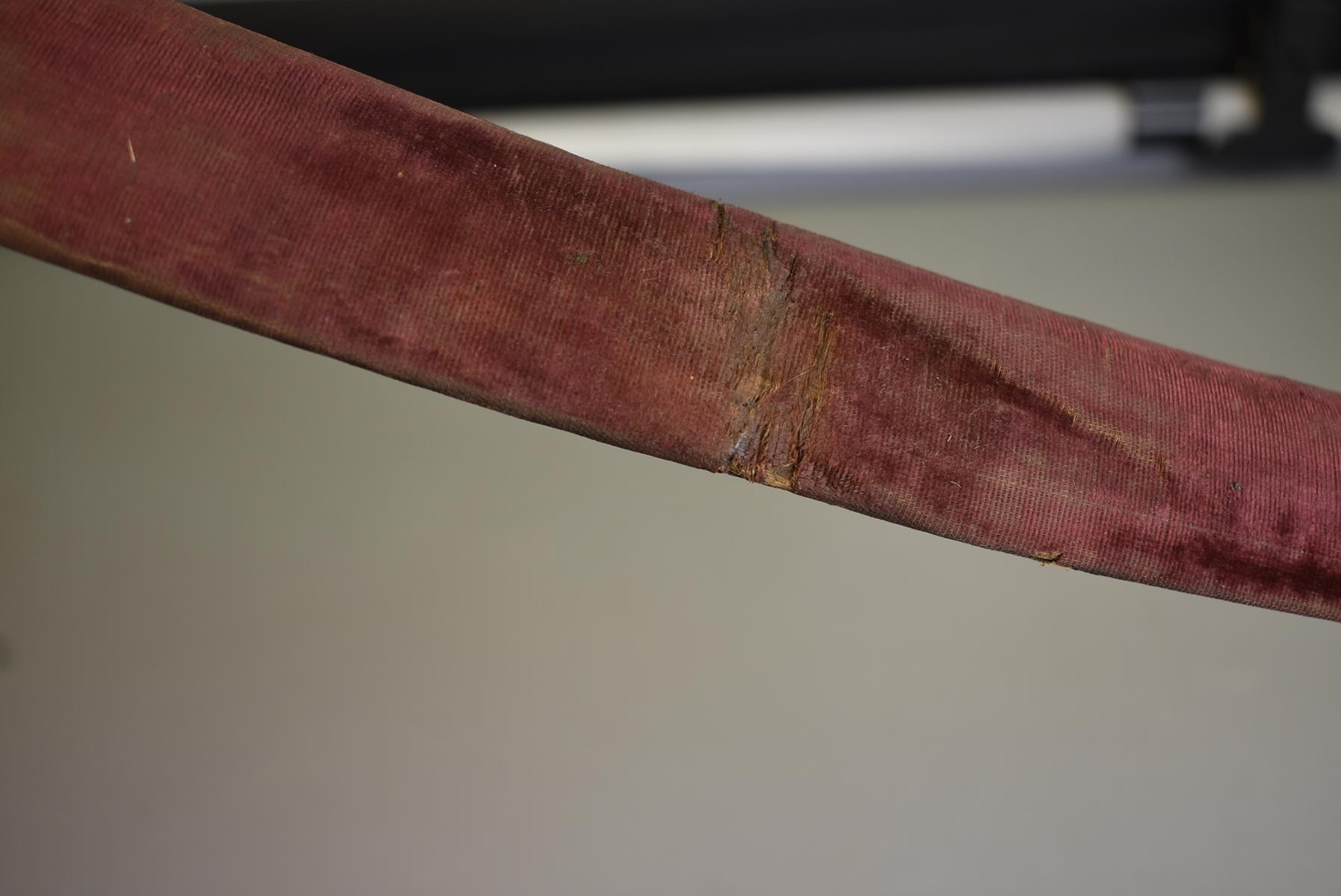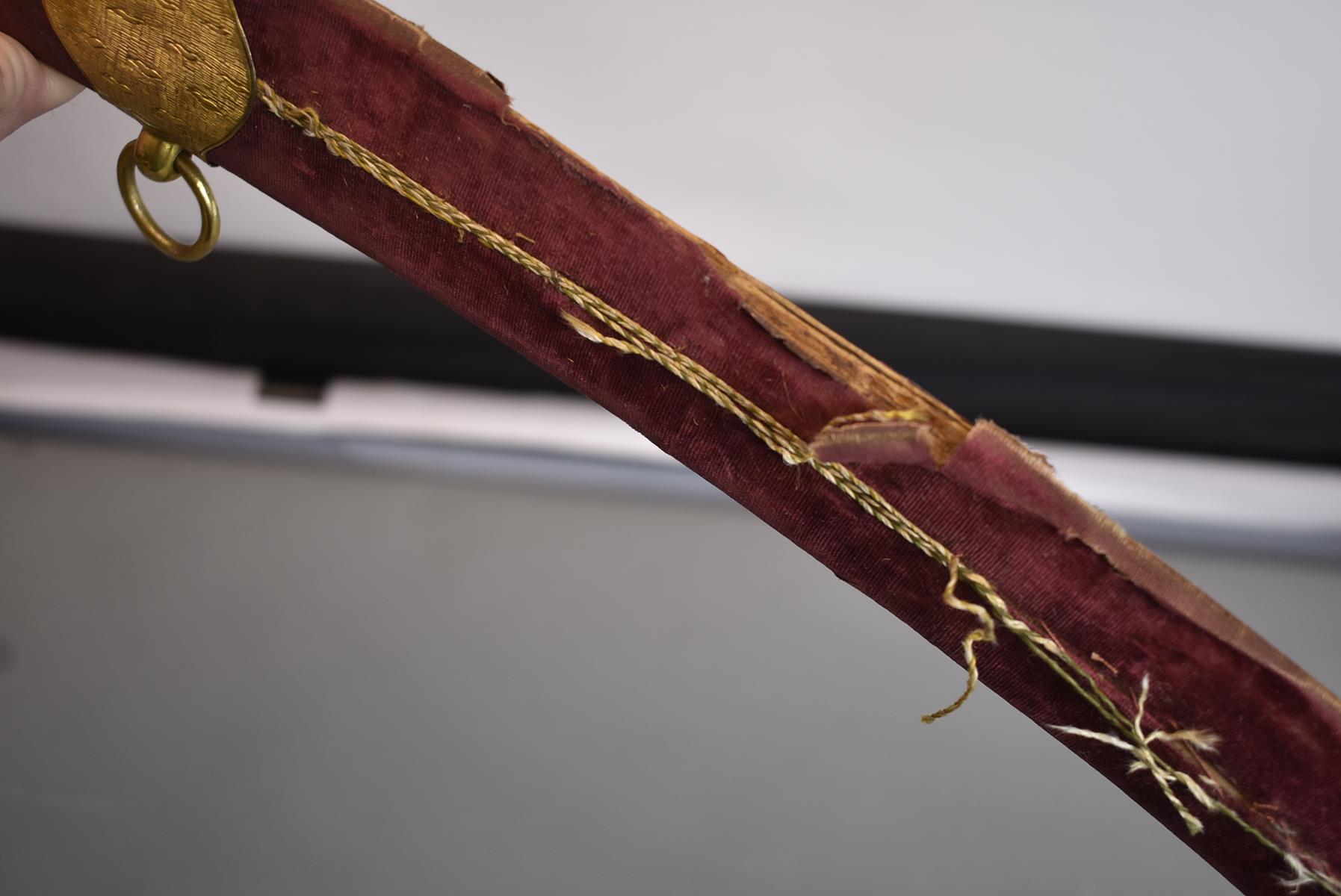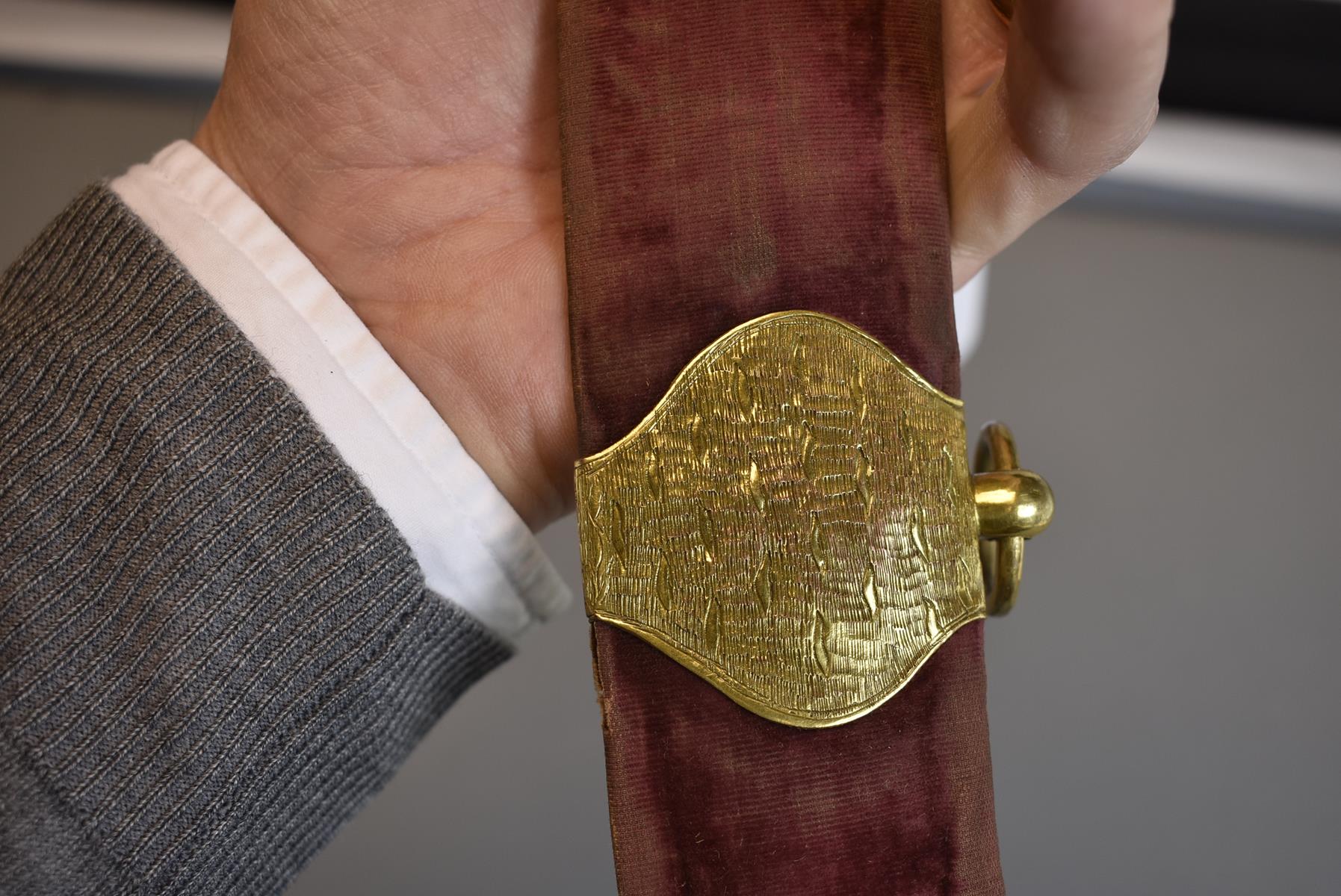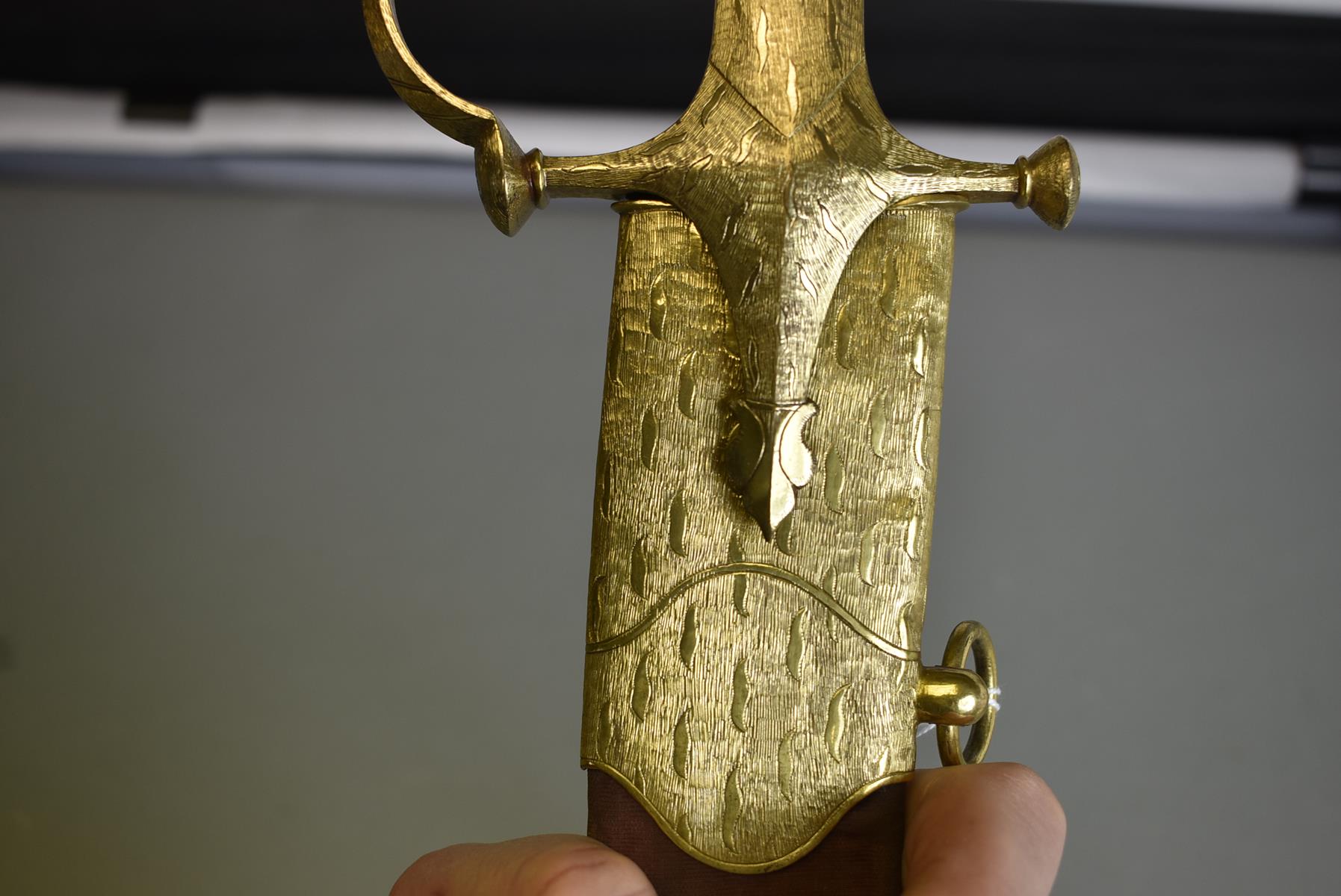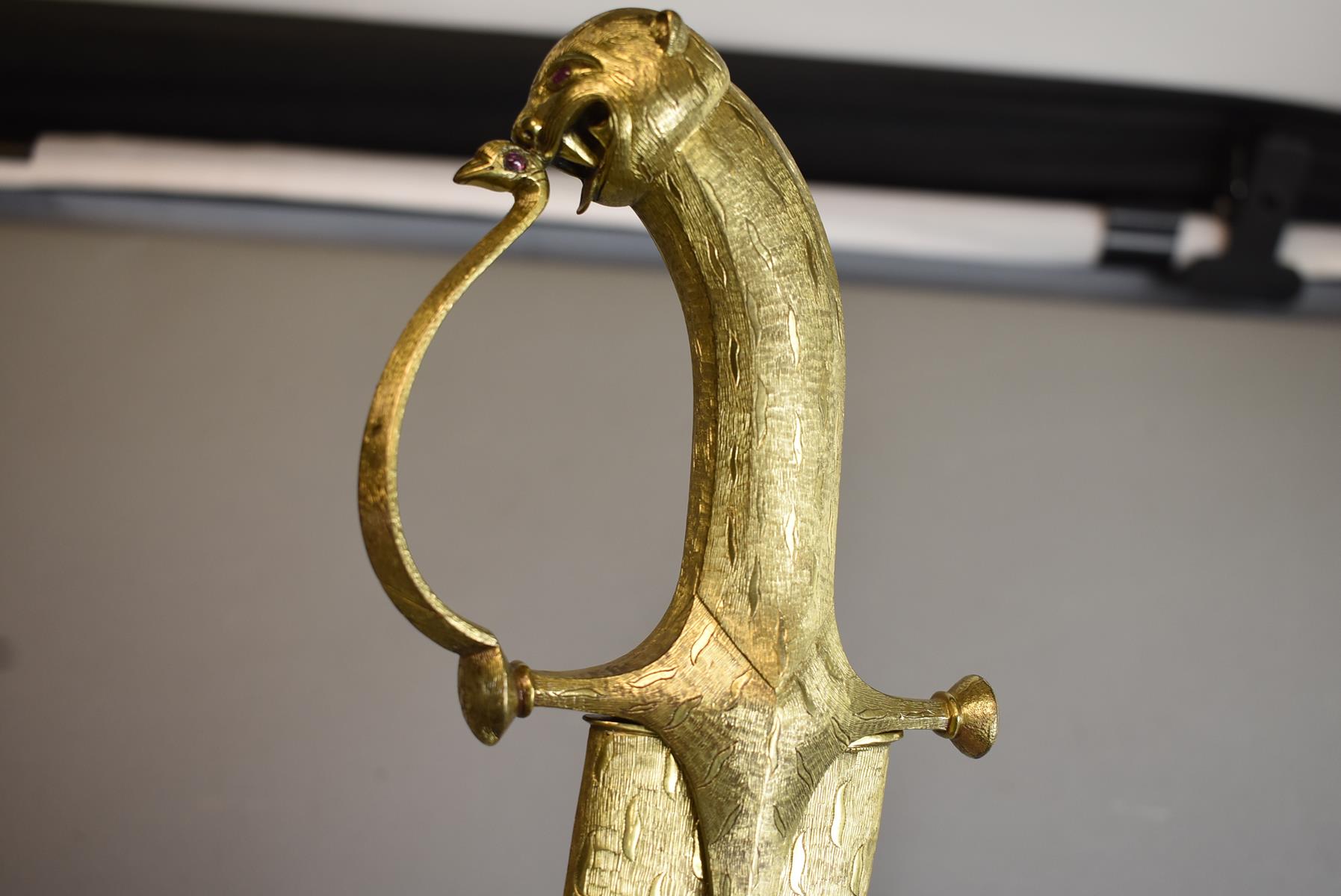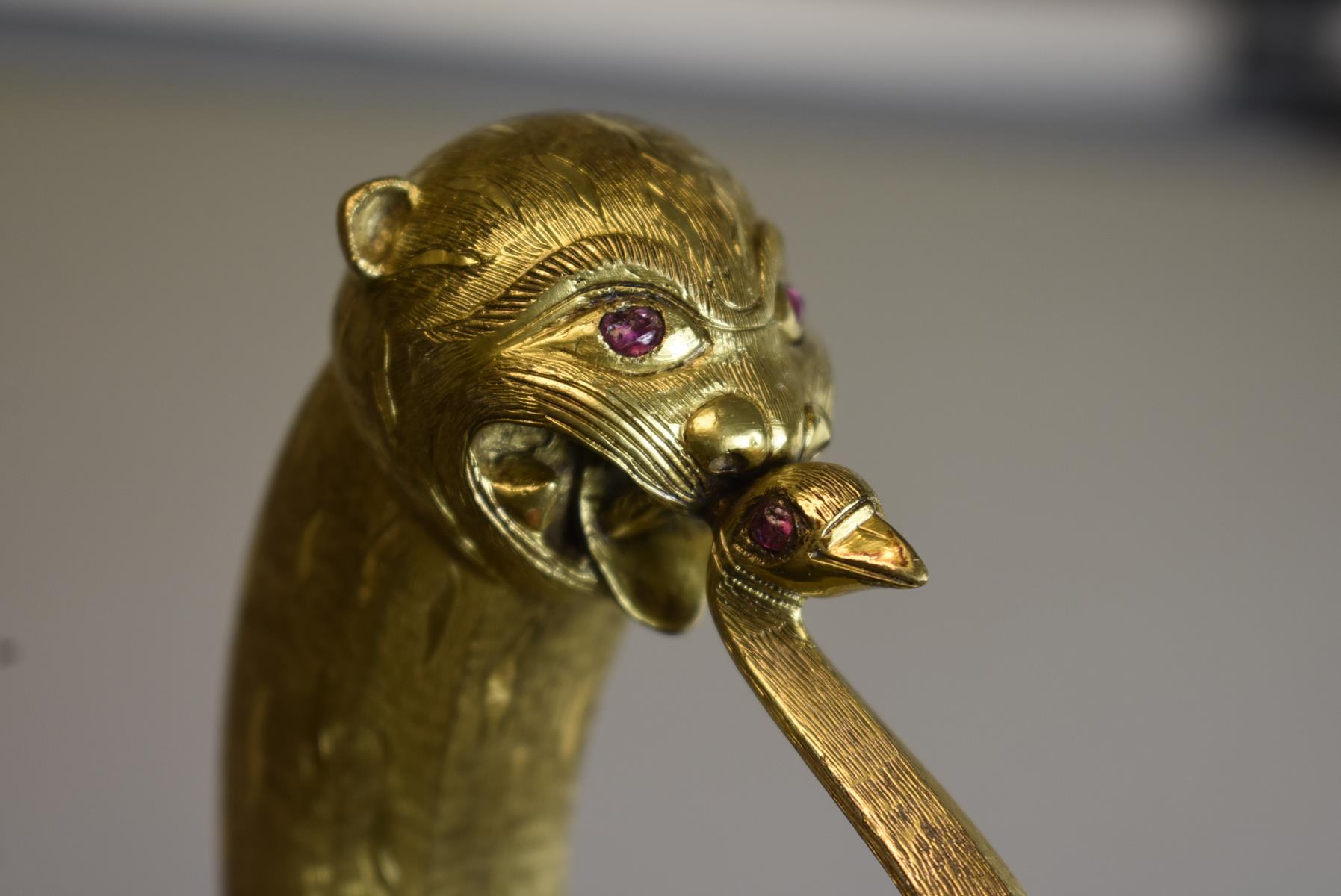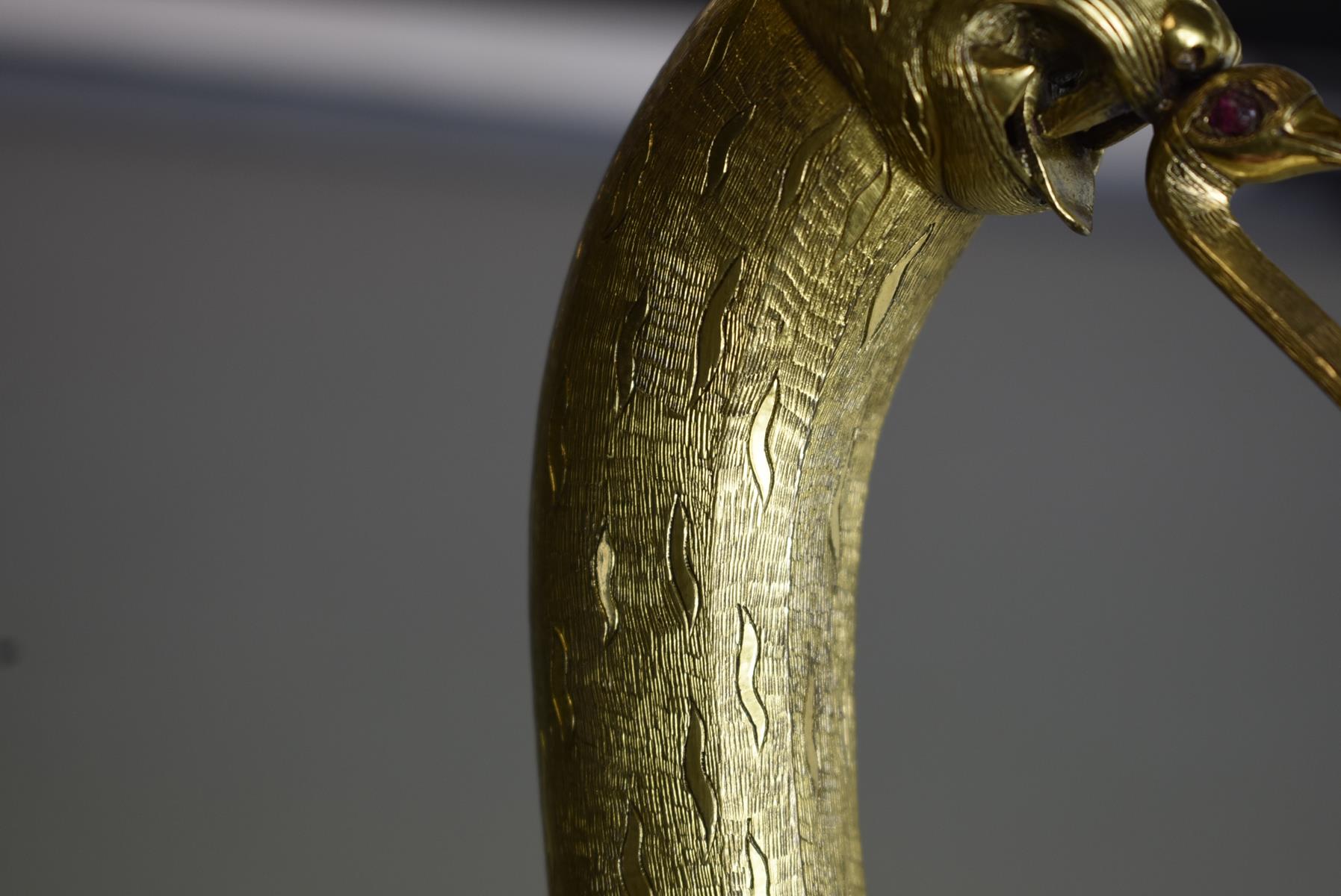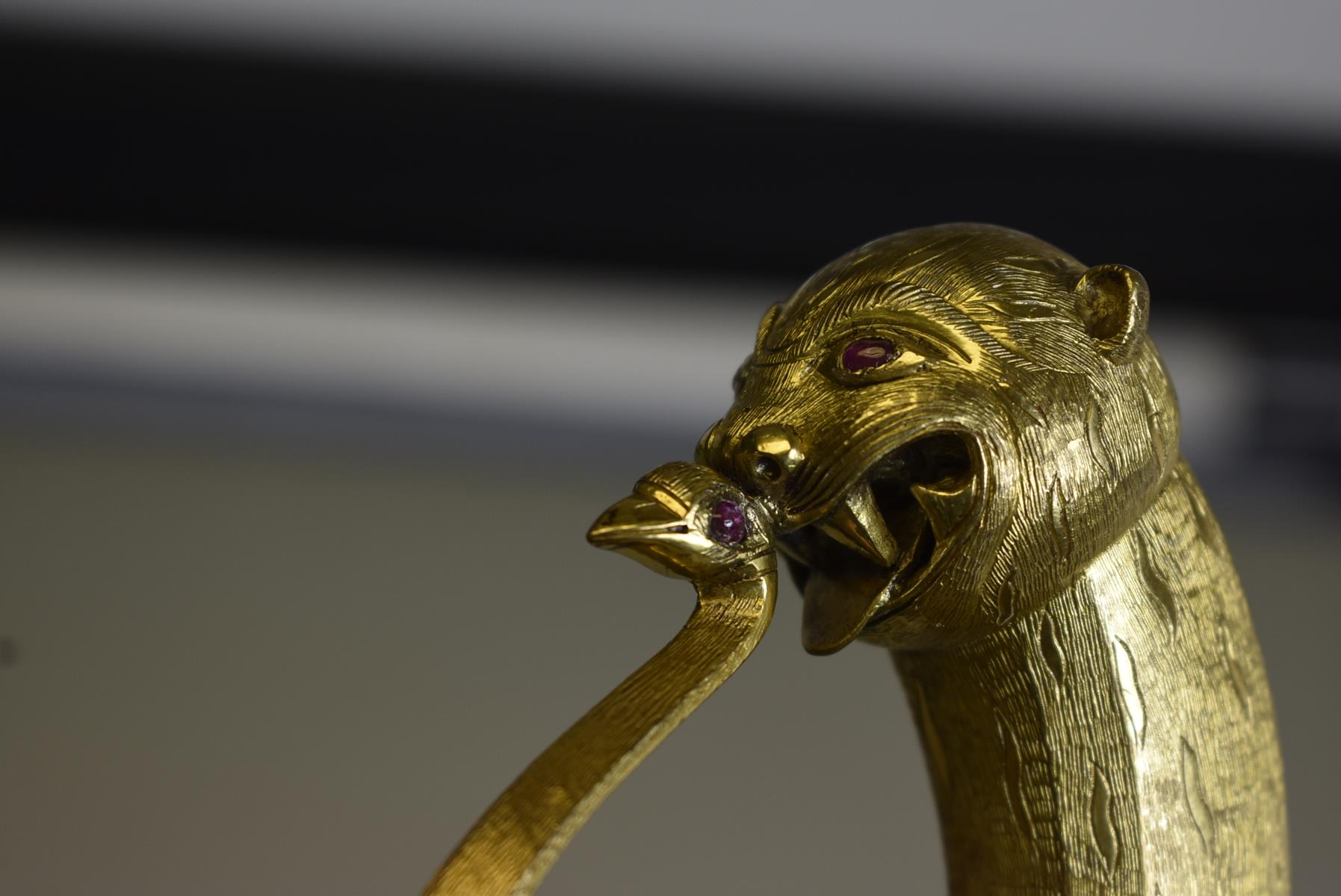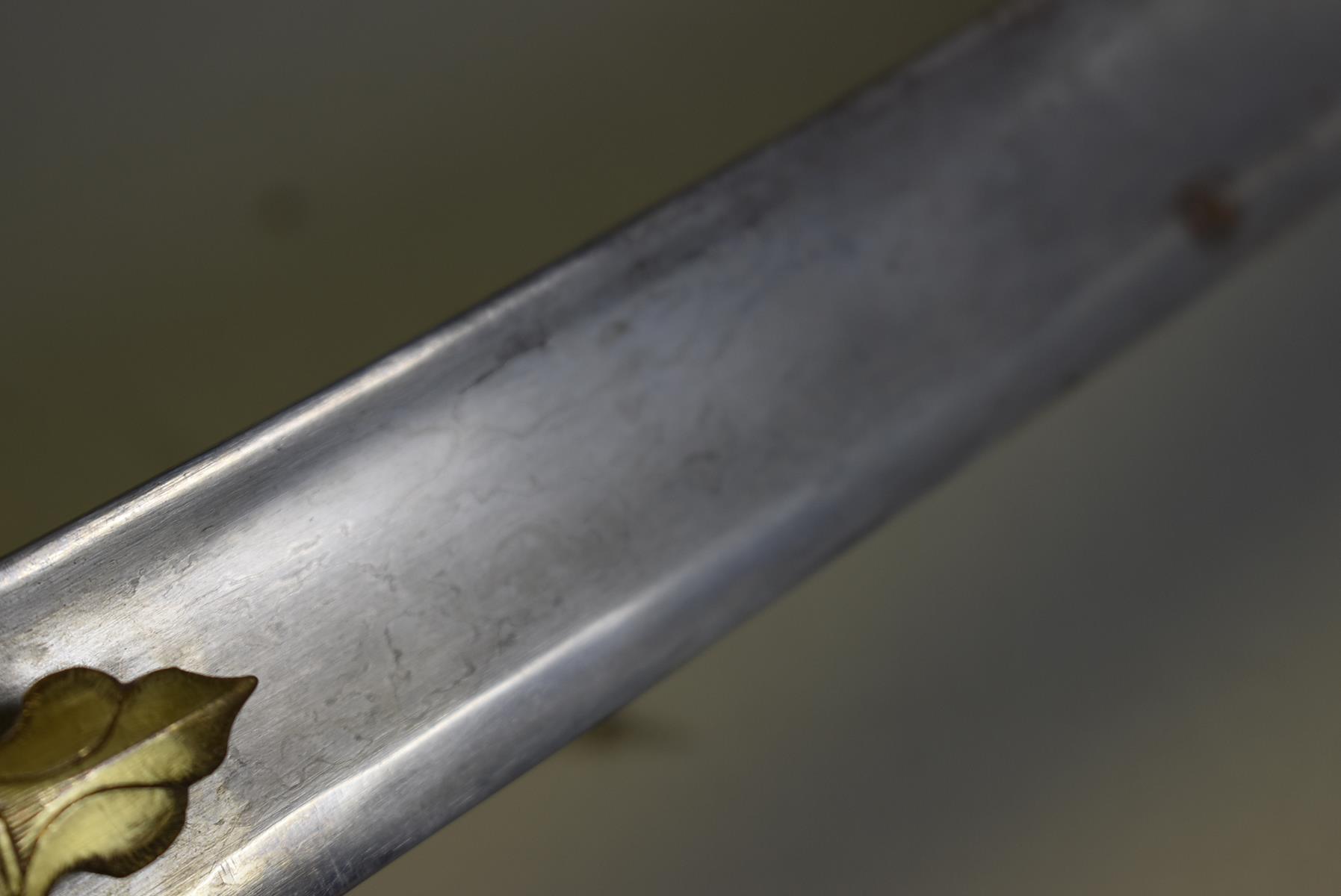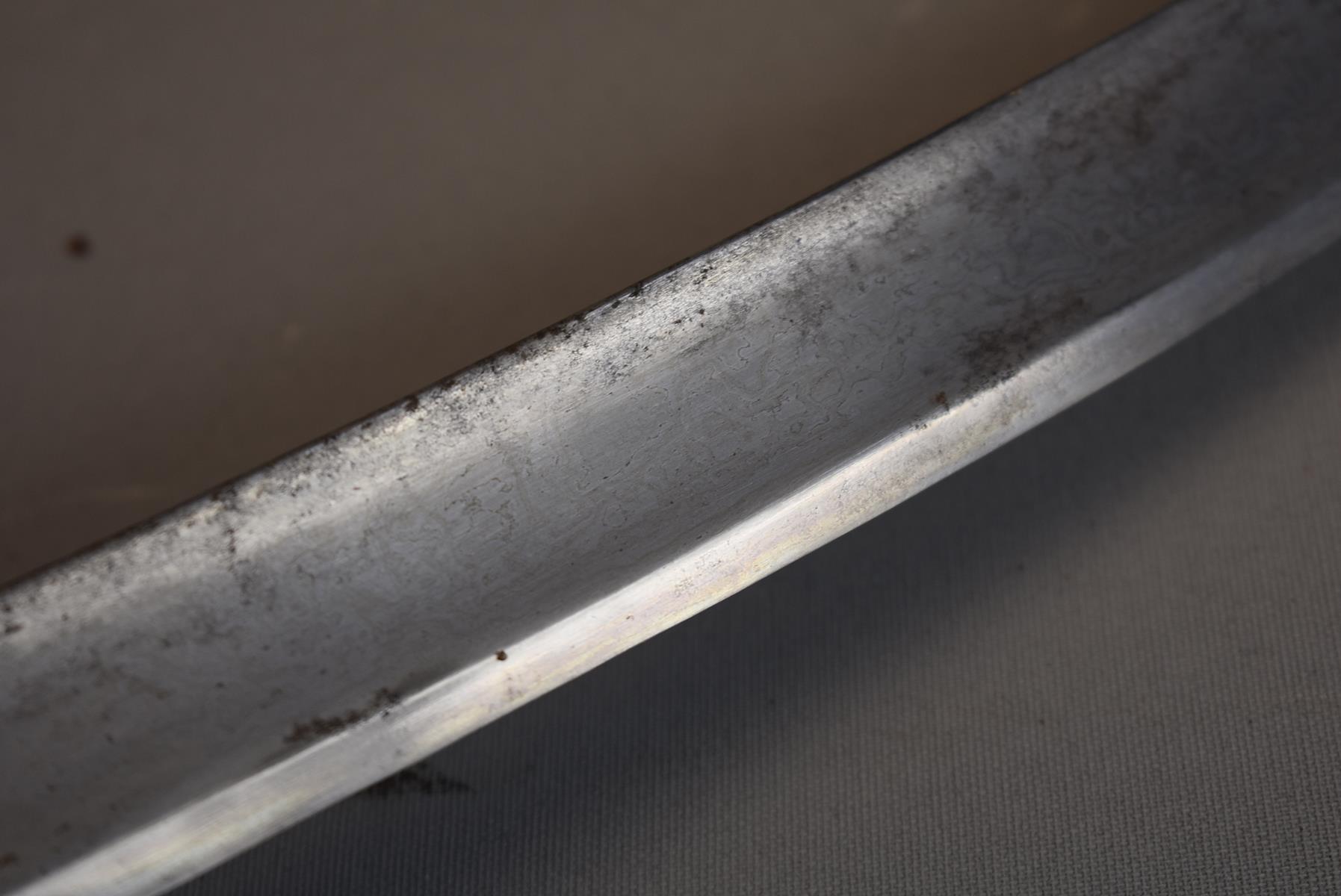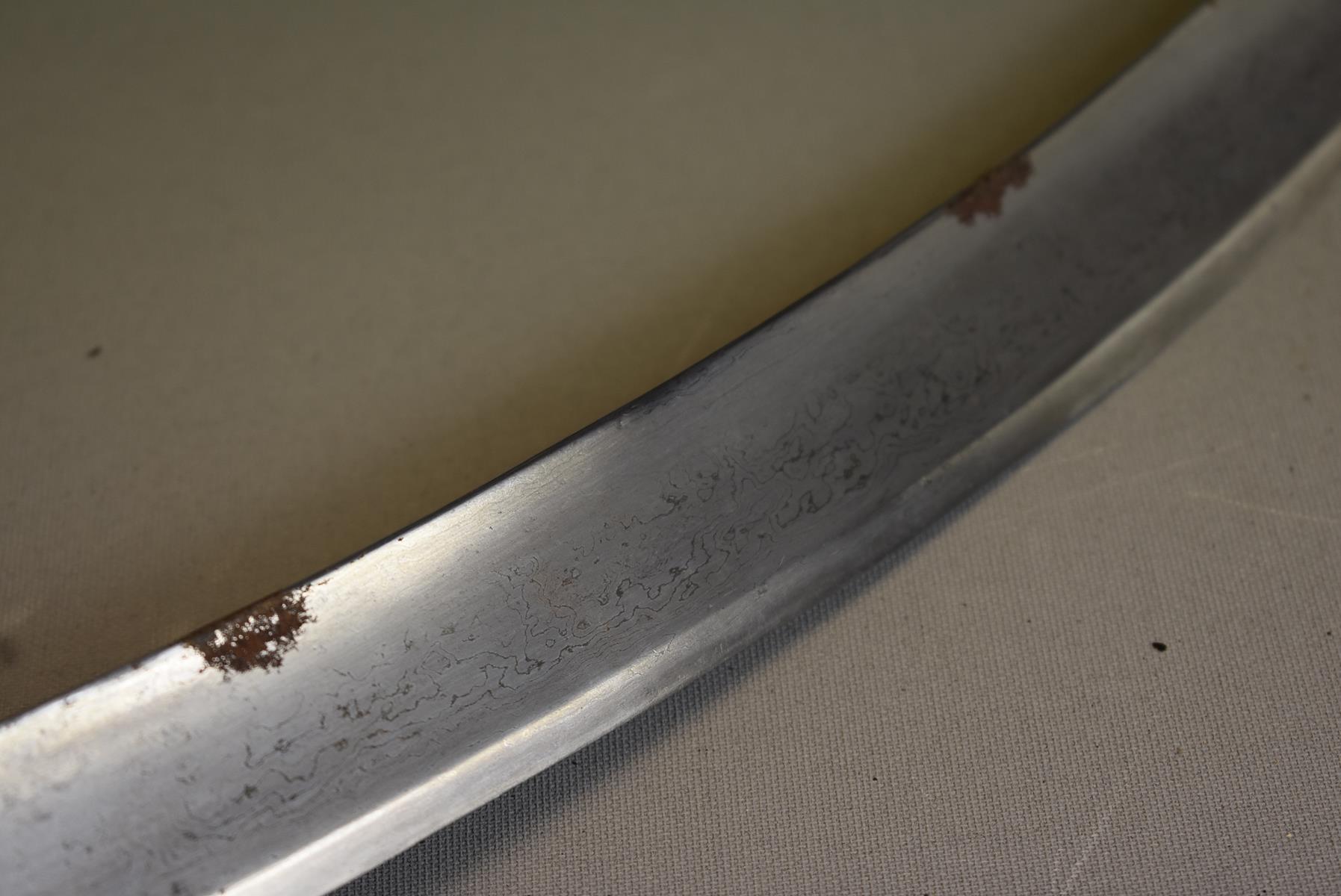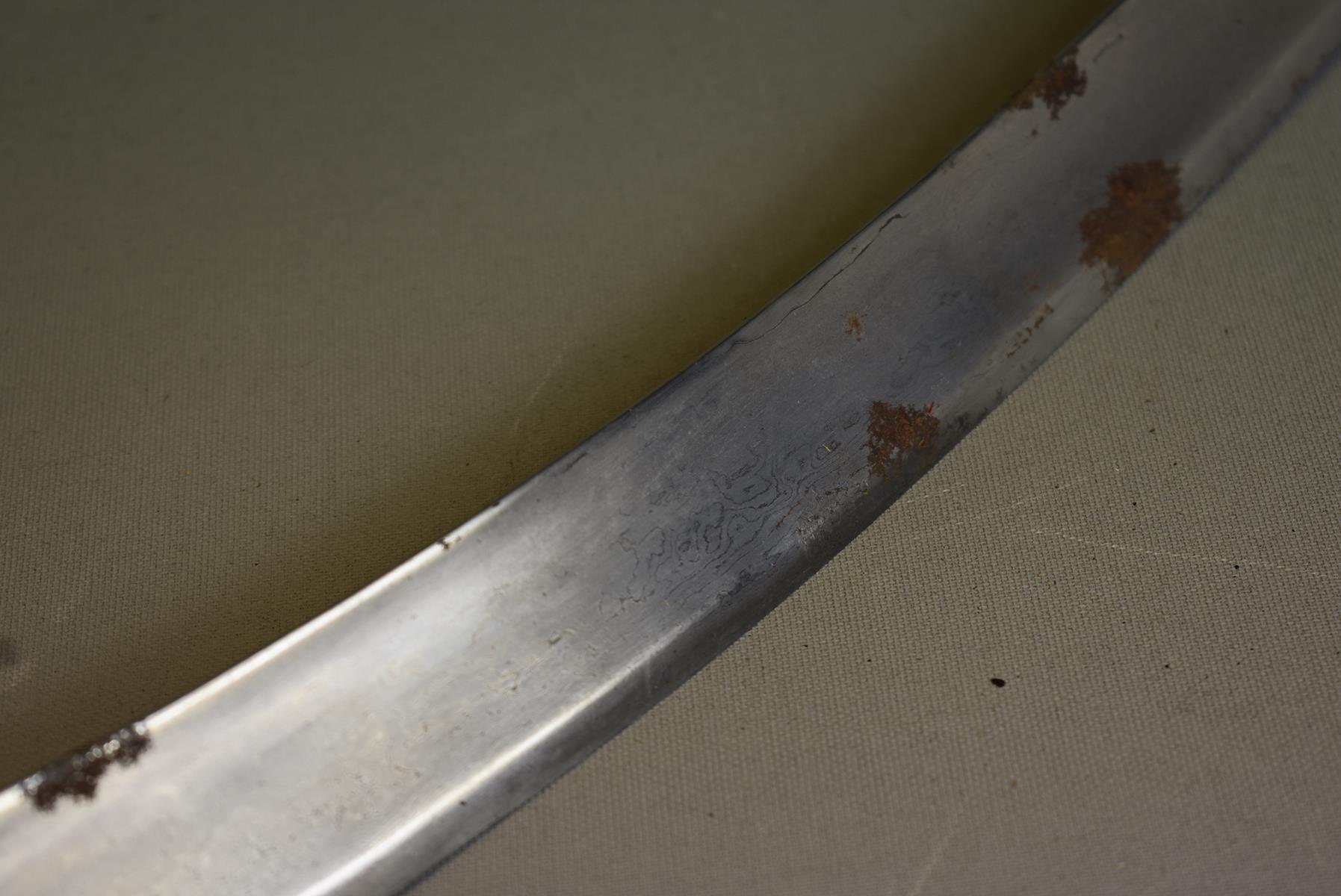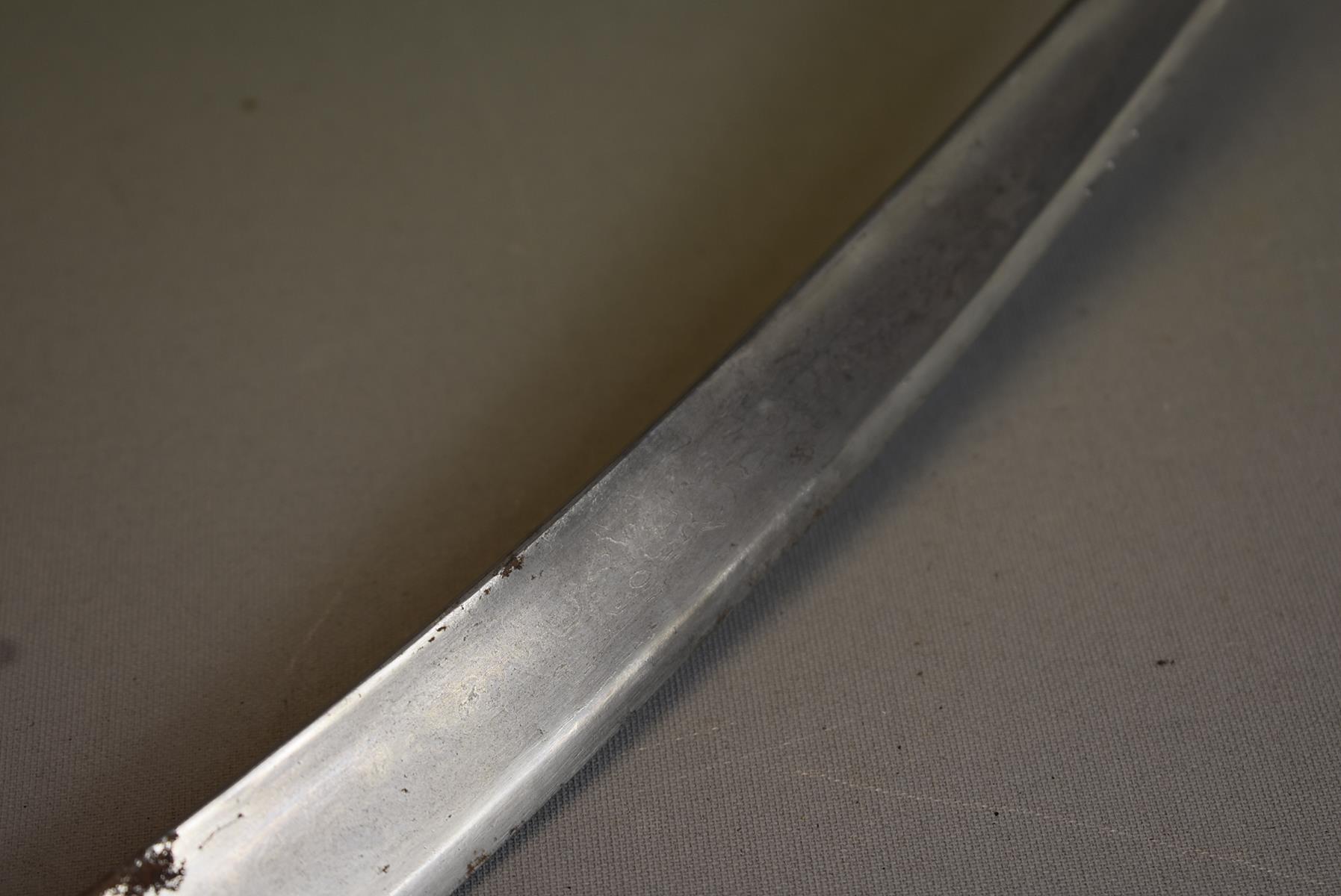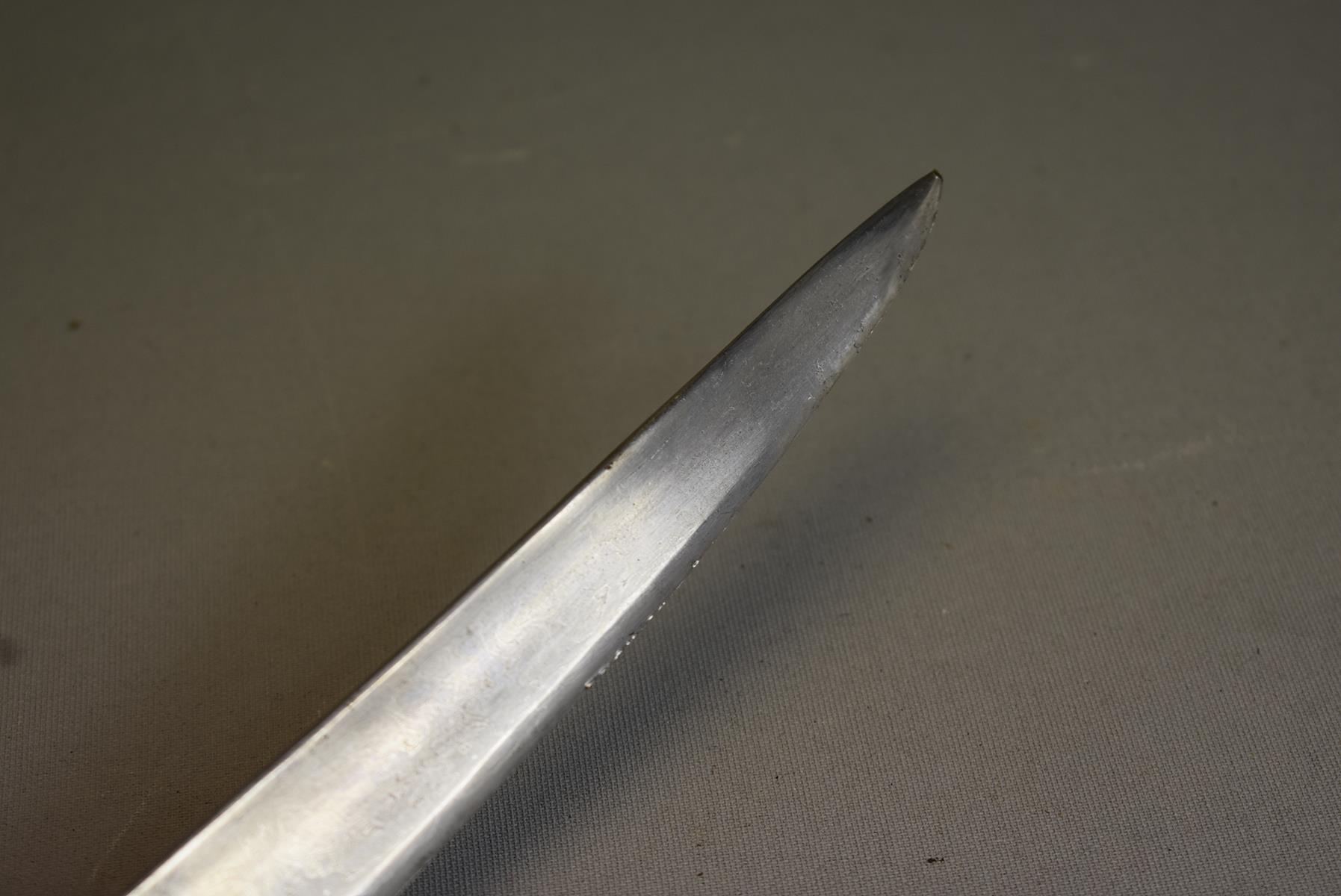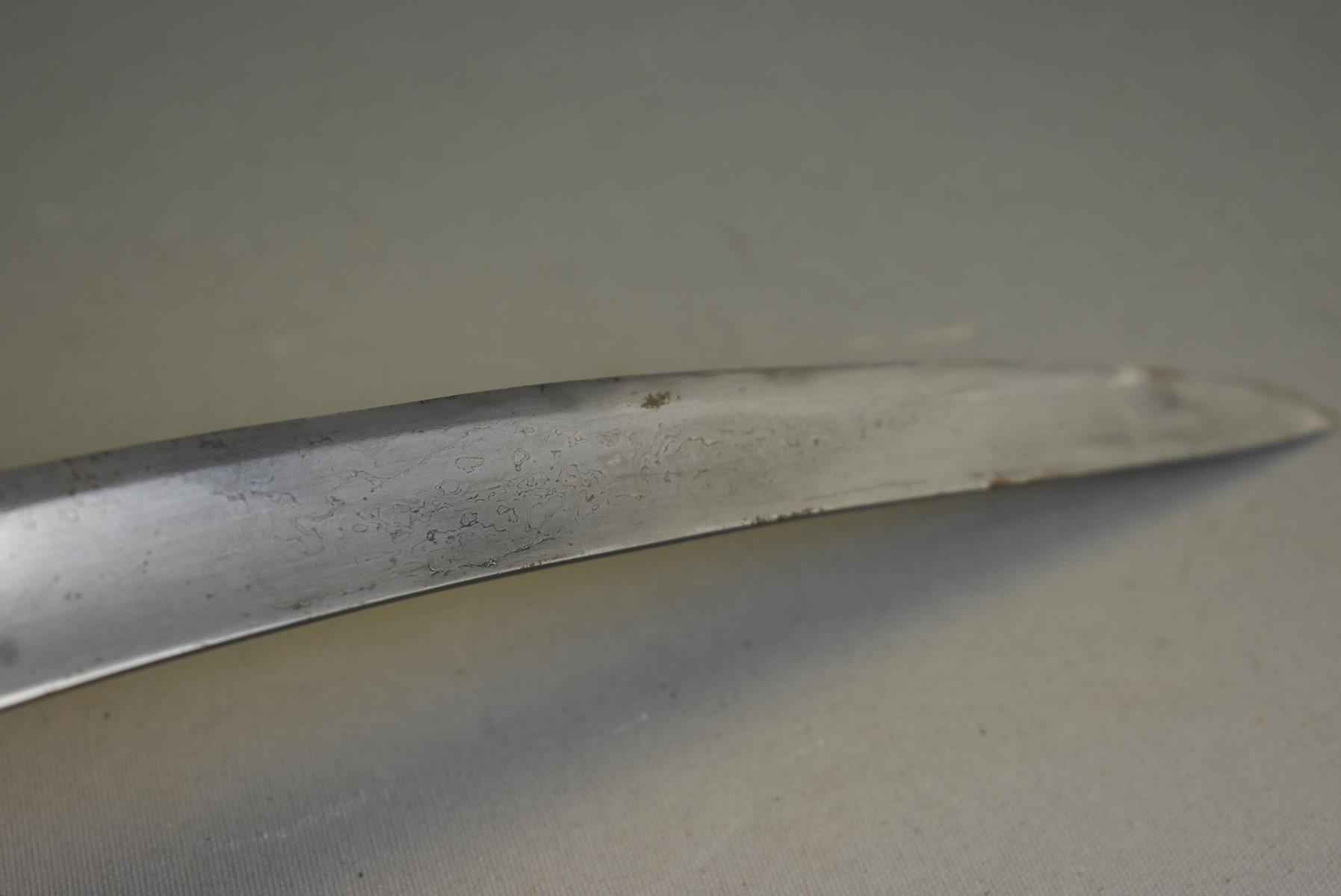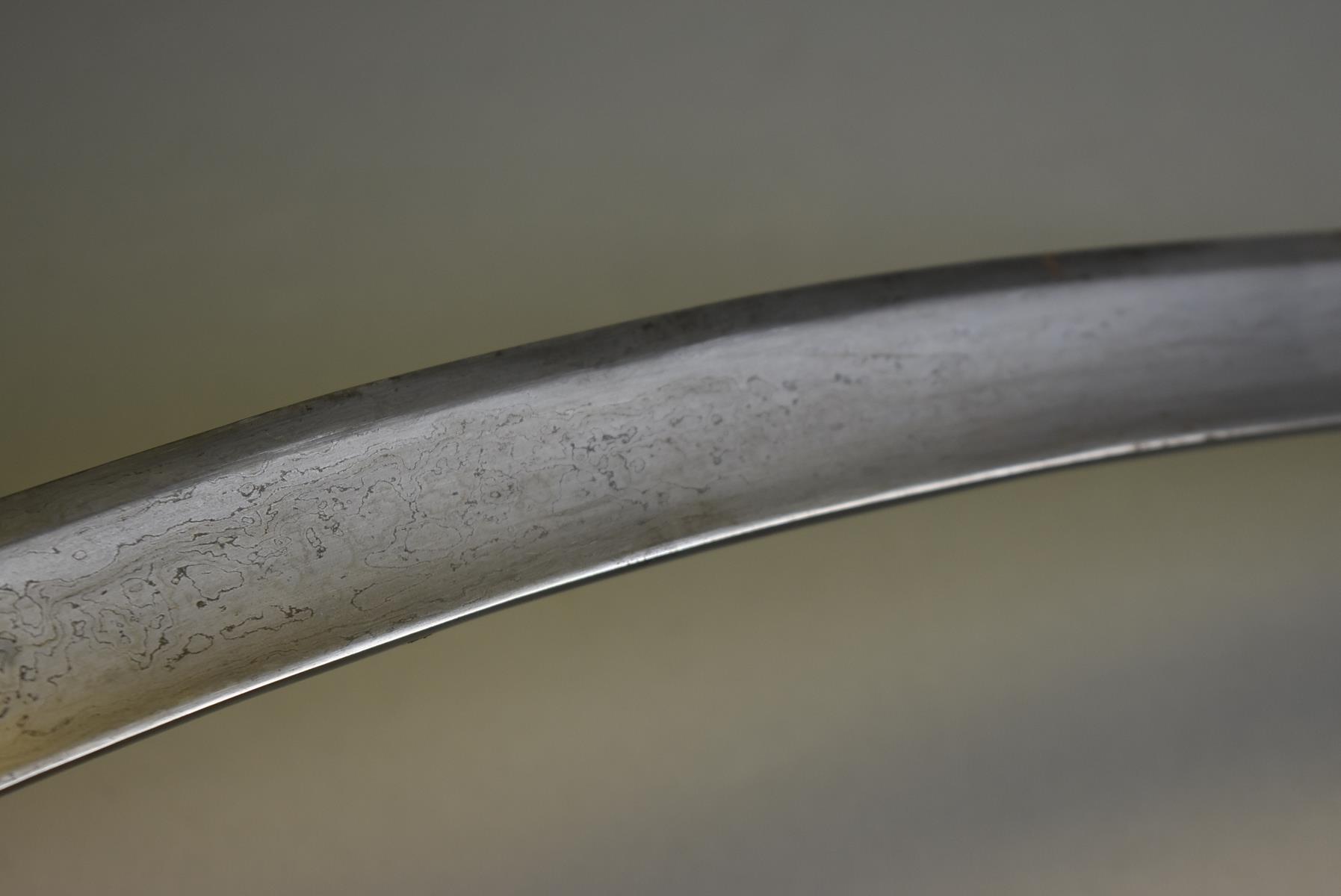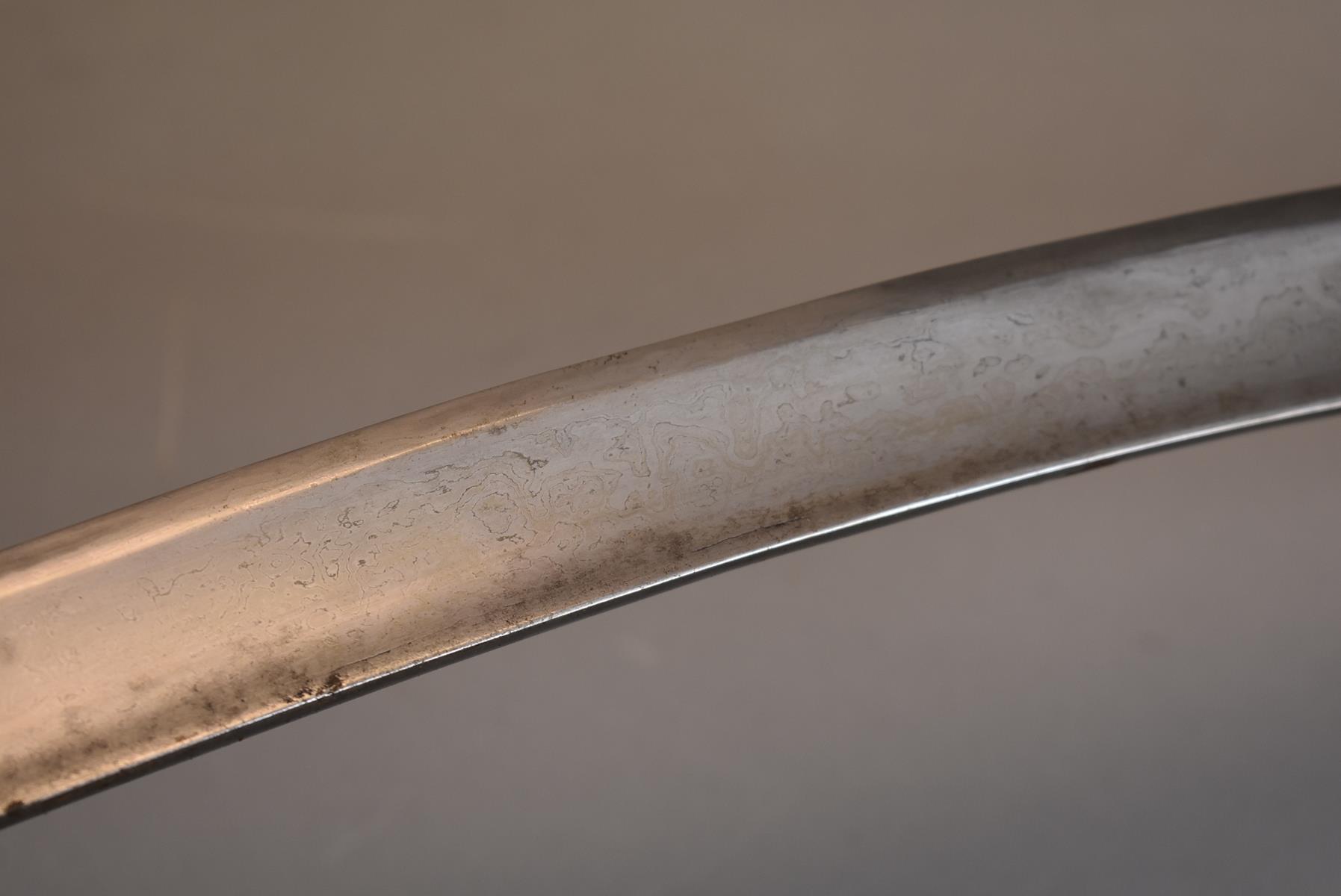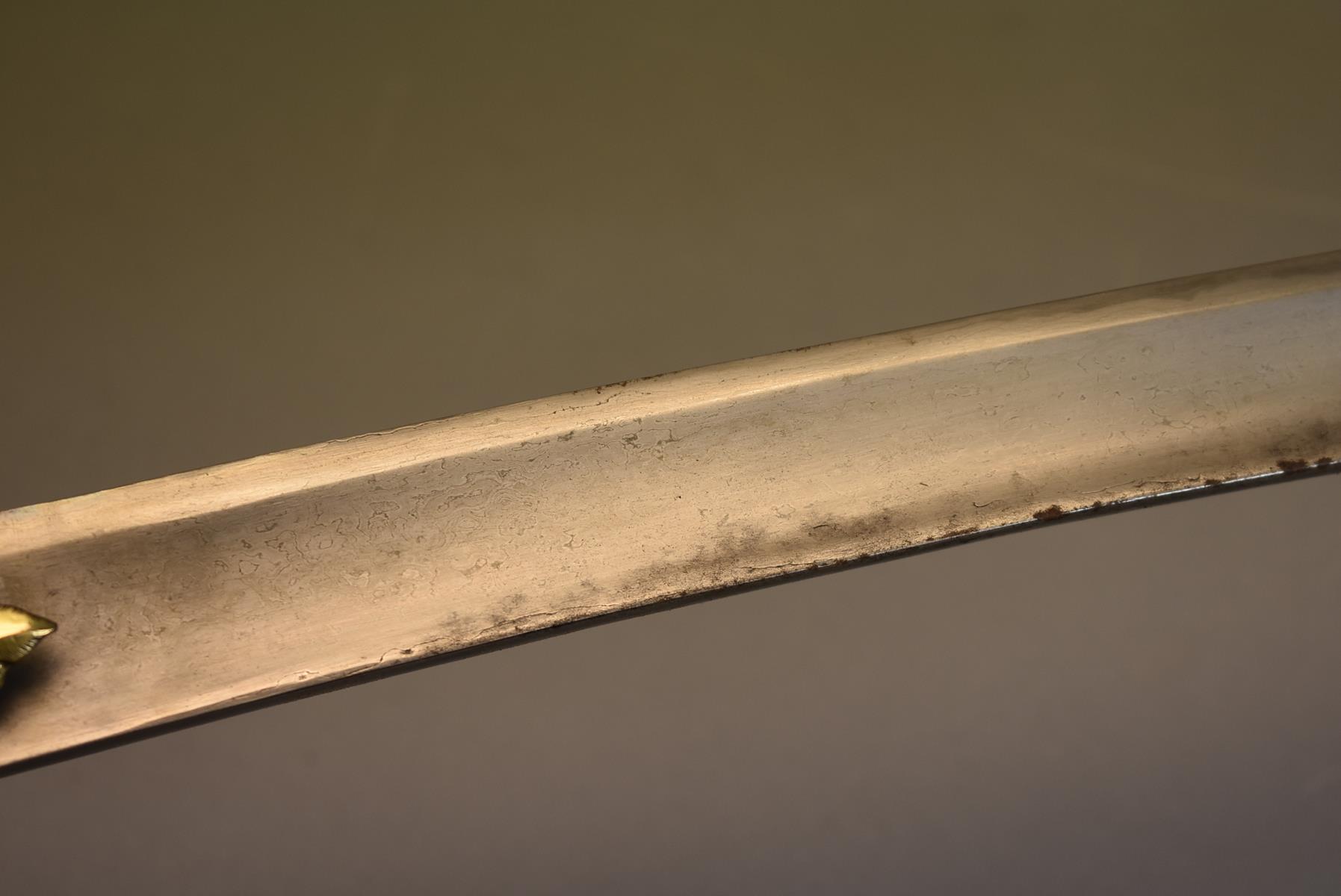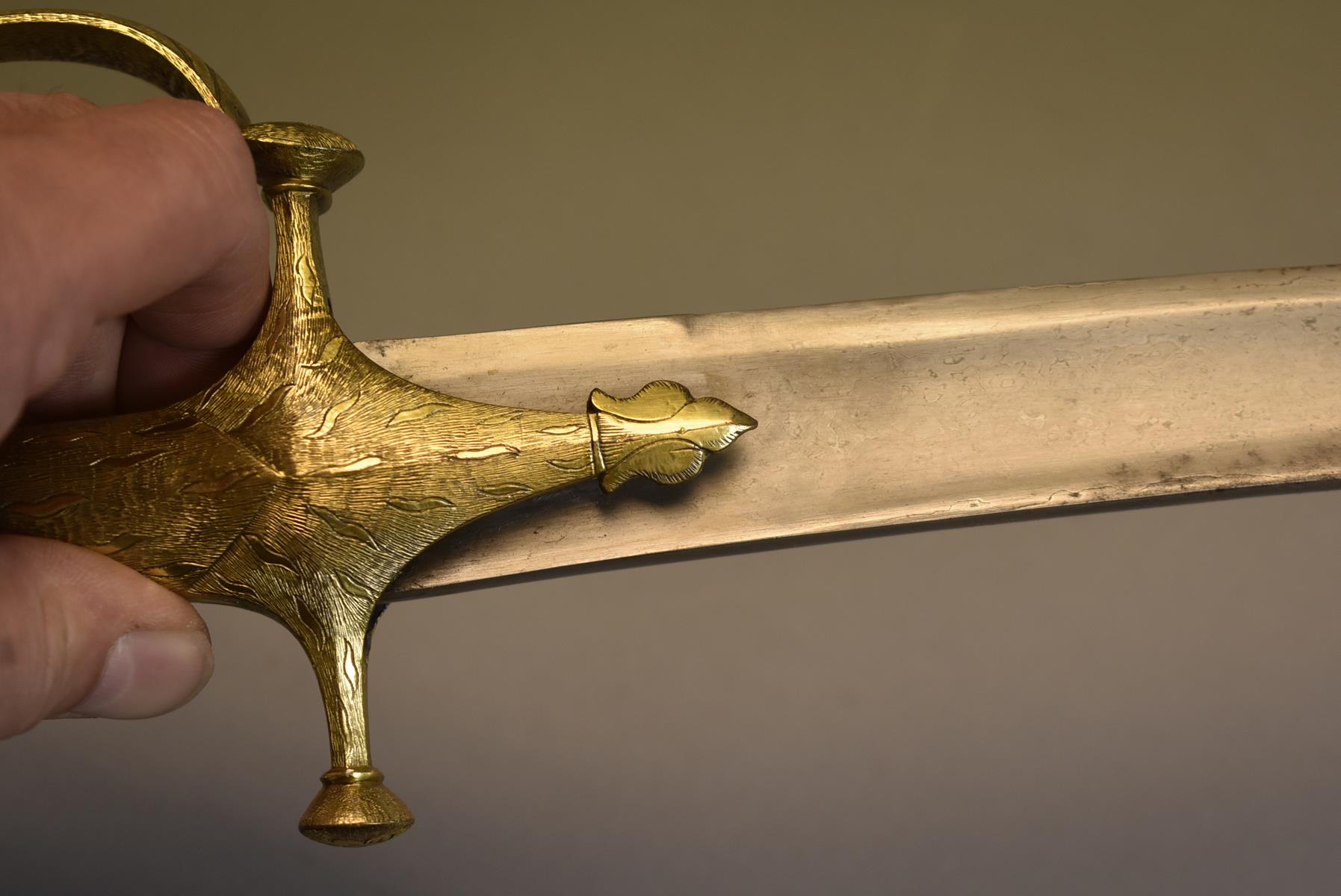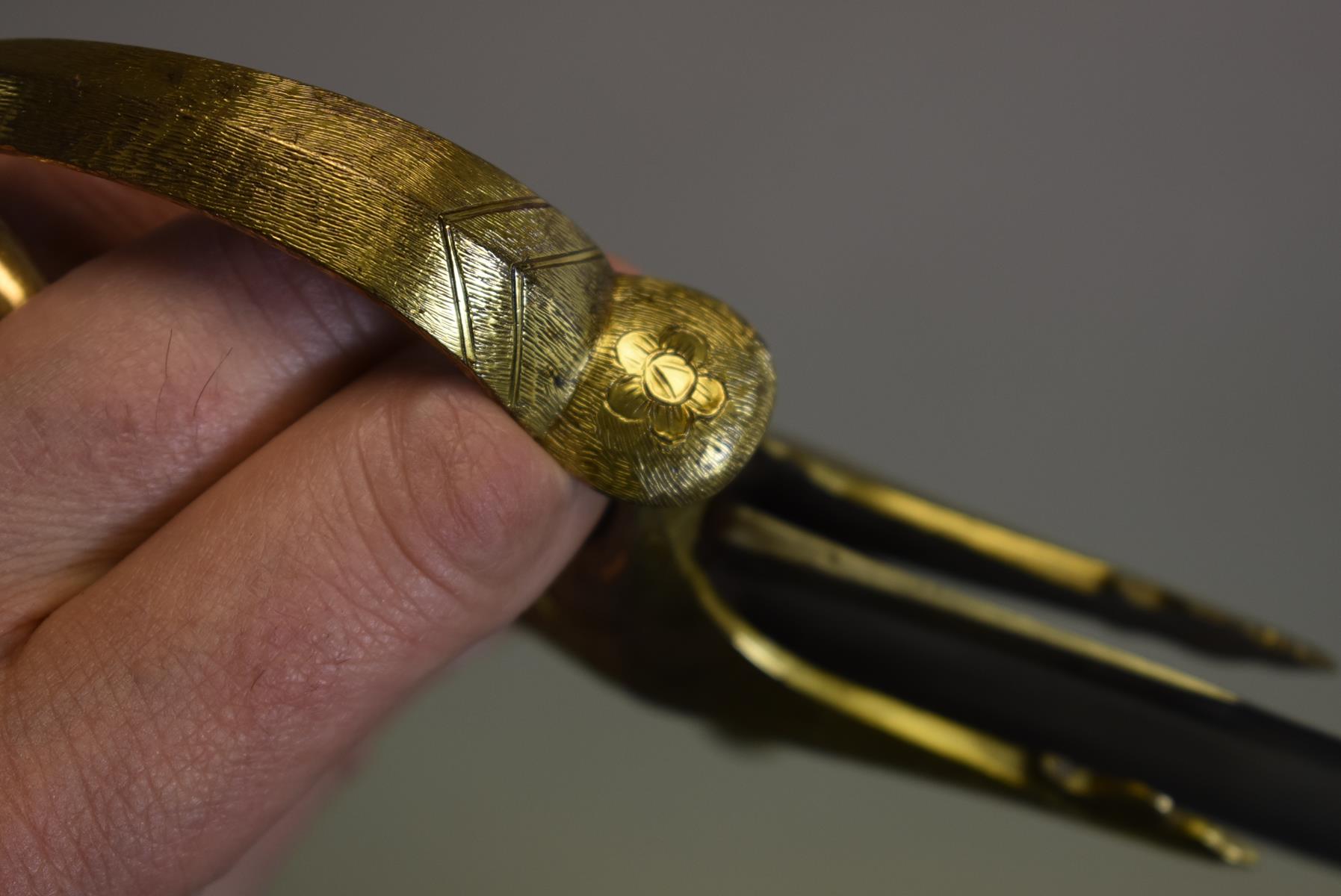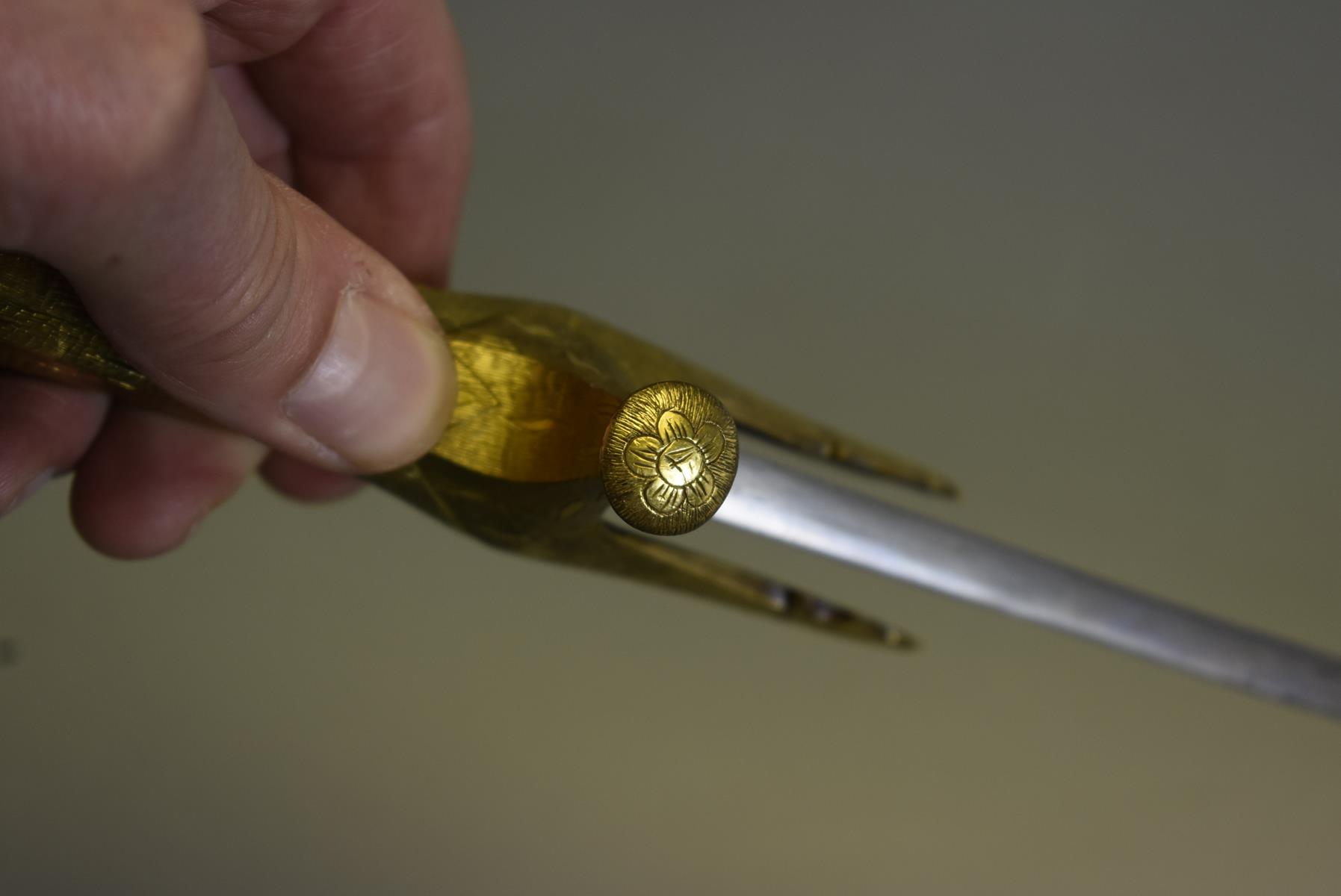33
OF TIPU SULTAN INTEREST: A FINE 18TH CENTURY GEM SET GILT FINISHED INDIAN TULWAR, 84.75cm sharply
WINTER VIRTUAL TWO DAY ARMS AND ARMOUR AUCTION
Sale Date(s)
Venue Address
Please note that shipping of antique guns to any country outside of the UK requires the services of a specialist shipper. We recommend Harry Gordon who can be contacted on admin@hgss-global.co.uk We would advise you source a quotation before bidding.
Please contact Pack and Send - oxford@packsend.co.uk for all other shipping. We would advise you source a quotation before bidding.
Important Information
TWO DAY VIRTUAL AUCTION
NO BIDDING IN PERSON
VIEWING BY APPOINTMENT ONLY
Terms & Conditions
Terms and Conditions
1. All auctions are conducted under our printed conditions of sale which are available on request.
2. The following lots in this catalogue are sold as ornaments, curiosities and items of historical interest only. Any politically related items are sold purely as items of historical interest and the company does not hold with or approve of any political motivations represented by any of the said items of historical interest.
3. By agreeing to bid you also agree to comply with all laws that pertain to the ownership of antique guns and obsolete calibre guns in this country.
4. The auctioneer reserves the right to refuse entry to our office or auction venue any member of the public.
5. The Auctioneer acts as an agent for the seller therefore your primary contact is with the seller.
6. Estimates are given as a reference only and the reserve will not be above the lower estimate.
7. Estimates do not include buyer’s premium or VAT where applicable and may be subject to change up until the auction.
8. The purchase price will be the hammer price plus the buyer’s premium of 22% plus VAT at the current rate PLUS any online bidding surcharges.
Lots purchased online with the-saleroom.com will attract an additional charge for this service in the sum of 4.95% of the hammer price plus VAT at the rate imposed
9. VAT: A system of (*) (**) are used to indicate items where varying rates of VAT are payable on the hammer price and the buyer’s premium, this occurs when items have been imported to the U.K.
10. In the instance of this auction nothing has been imported so lots which appear without either of the above symbols indicate that no VAT is payable on the hammer price. However VAT is payable on the buyer’s premium at the current rate.
11. The auctioneer is primarily an agent for the seller the onus is on the buyer to inspect the goods and to ascertain the condition the lots in which they are interested.
12. While every effort is made to ascertain the functionality of any mechanism this cannot be guaranteed to be in working order.
13. In specified circumstances lots misdescribed because they are deliberate forgeries may be returned and repayment made. Please note there is a four week time limit on this option.
14. If you are intending to export goods you should yourself make certain whether or not an export licence is required and whether or not there is any specific law relating to importing goods to that country e.g items containing materials such as ivory etc.
15. Bidders must register before the auction commences and lots will be invoiced to the address indicated on the registration form.
16. Remote payment by card will necessitate the despatch of goods to the address at which that card is registered.
17. Commission bids are taken to be your maximum hammer price excluding the buyer’s premium and VAT.
18. PLEASE ensure your commission and telephone bids are registered by 5pm on the day prior to the auction.
19. You can bid live over the internet via www.the-saleroom.com but please refer to their terms and conditions relating to bidding, purchases and charges.
20. If you are paying by cheque that cheque will need to be cleared before removal of goods can be allowed.
21. Paying by debit card incurs no charge and this and Bank Transfer are our preferred methods of payment, PAYPAL, cheque and cash are accepted.
22. Maximum cash payment £5,000.
23. Please bear in mind that it would be greatly appreciated if goods could be paid for within two weeks of the auction.
24. The highest bid acknowledged by the auctioneer on the rostrum will be the buyer at that hammer price. Any dispute in this matter will be decided absolutely by the auctioneer through a reoffering of said lot or other means.
25. When bidding you agree to do so solely on your behalf and not on behalf of any third party.
26. At any stage and at our discretion a bid may be refused.
27. Title of ownership of goods will only pass to the buyer once full payment has been received.
28. Unpaid for lots:
29. After eight weeks we will take that non-payment represents a breach of contract and will proceed accordingly and or negate the sale of that or any other lots to you and or resell or offer by private treaty said lot or lots and any costs or losses will be met by yourself.
30. Third party liability: All members of the public at the venue or the offices are there at their own risk. Neither the auctioneer nor our employees or agents shall incur liability for death or personal injury (except as required by law by reason of our negligence) or similarly for the safety of the property of persons visiting prior to or at an auction.
31. Further notes for absentee bidders. All commission bids and telephone bids will be handled with the utmost professionalism but are left at your own risk and we cannot bear responsibility for the failure to execute said bids.
32. It is not uncommon for two commission bids of the same amount to be received. The company reserves the right to favour the bid first received.
33. Title and availability: The seller confirms true ownership to the auctioneer and to the buyer or is properly authorised to act on behalf of the seller and is able to transfer good and marketable title to the property free from any other claims and ultimate responsibility for ownership lies with that seller.
34. We act as agents only and any responsibility for default by either the seller or the buyer lies with them and not the auctioneer.
35. While every effort is made to ensure the accuracy of any description in the catalogue, both printed and online, we are here to offer advice and discuss any queries or questions you have regarding an item or description. So please ensure you are happy with all aspects of the item you are bidding on. If you are in any doubt please ask for further condition reports or do not bid.
36. Any dispensation given to a buyer or seller will be deemed to be a one off occurence and is not assumed to be an ongoing agreement.









































































